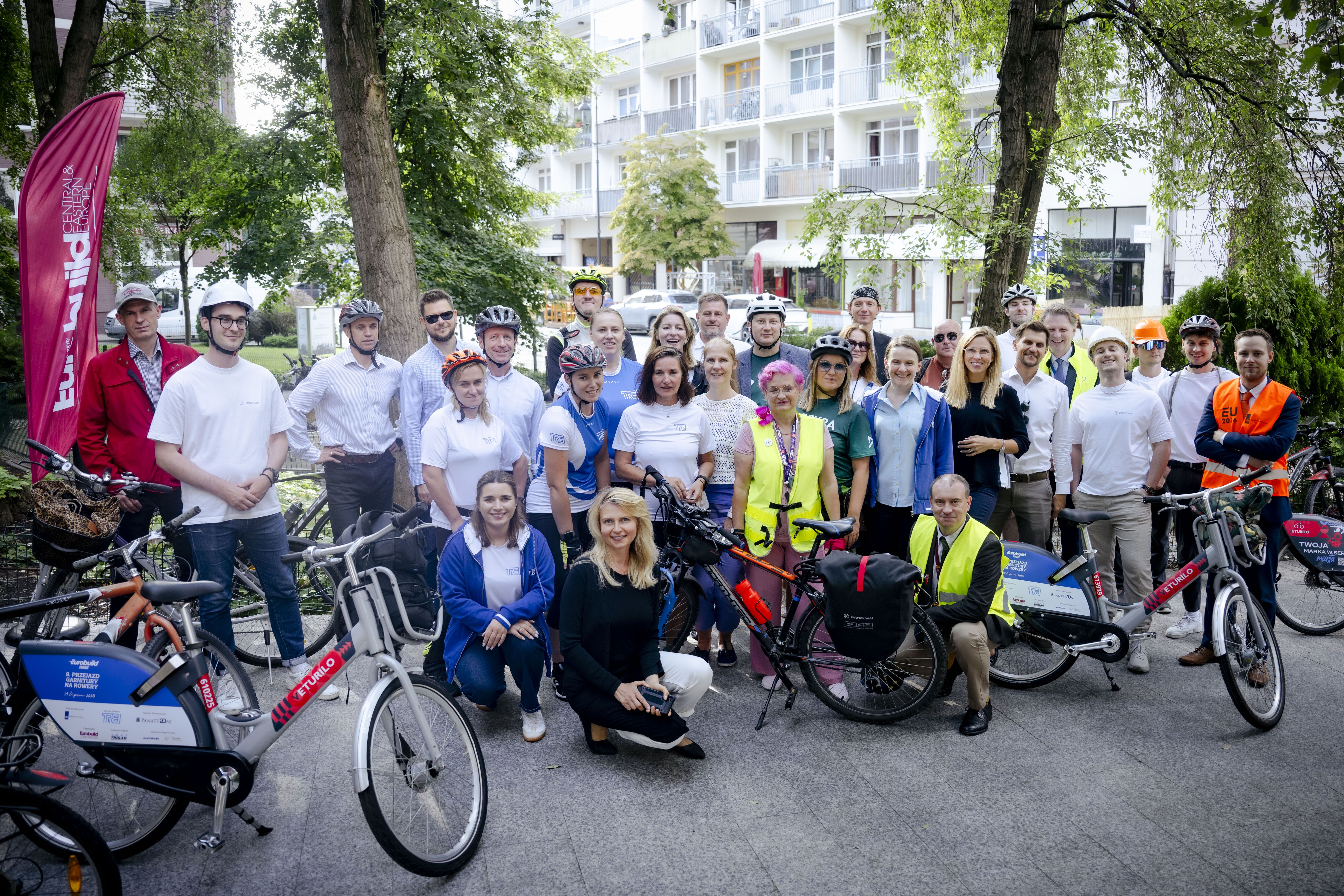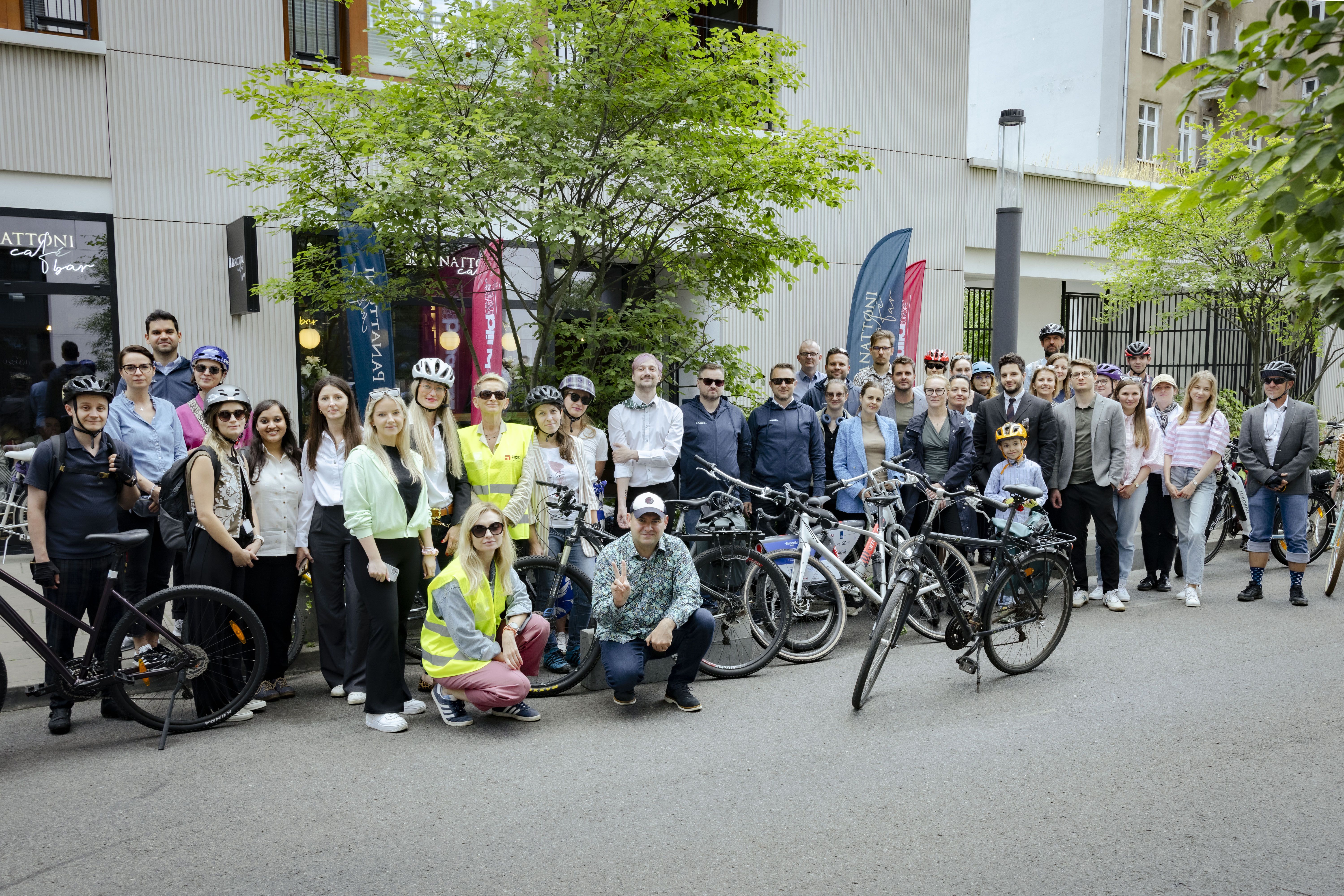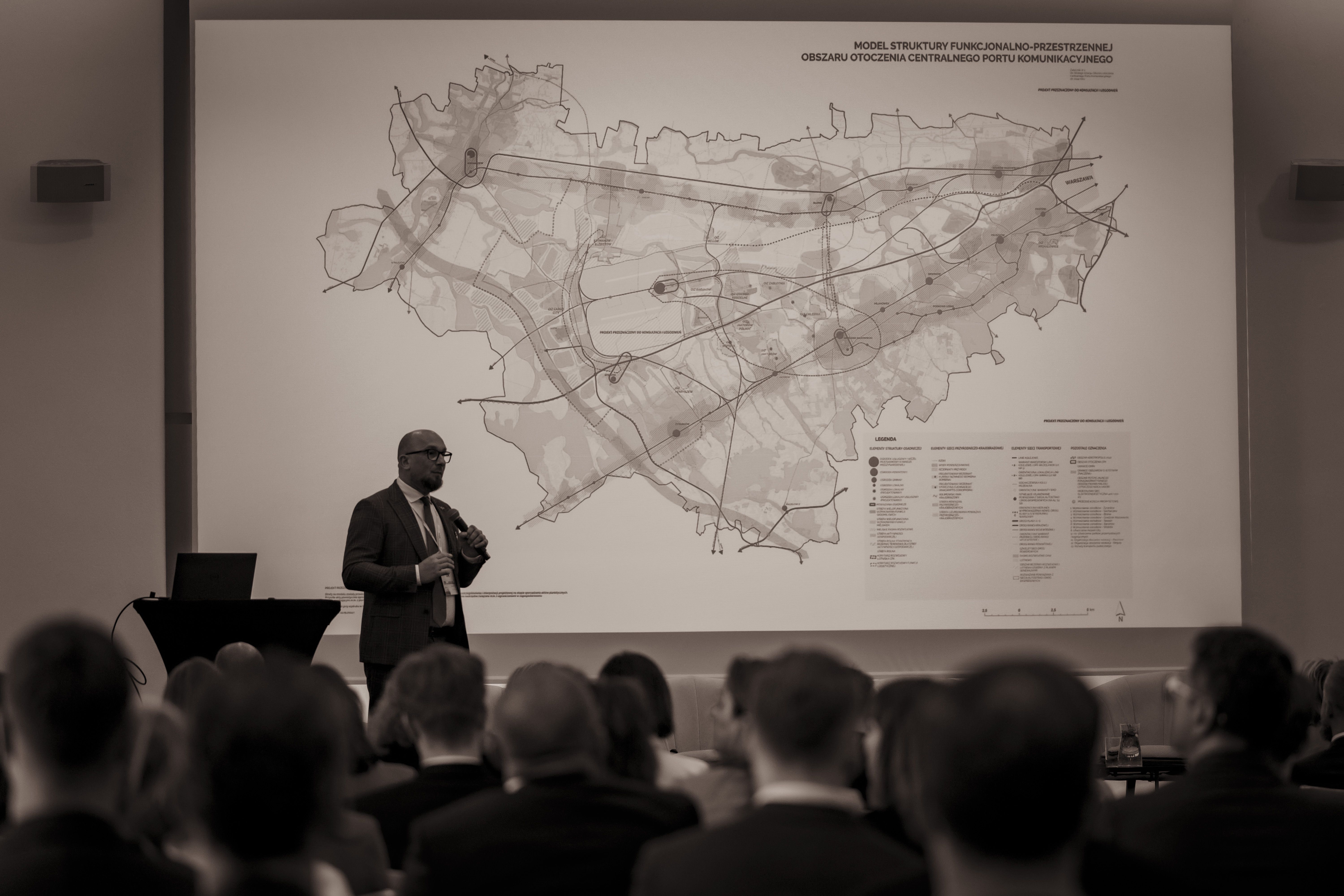The CEE Warehouse and Logistic Forum organised by Eurobuild Conferences

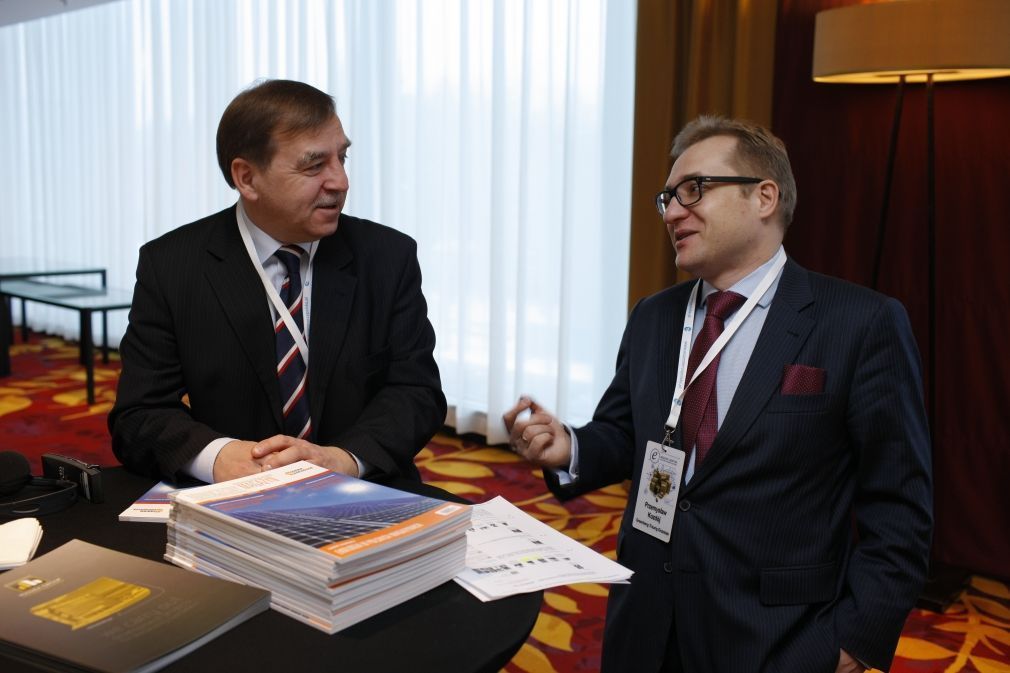


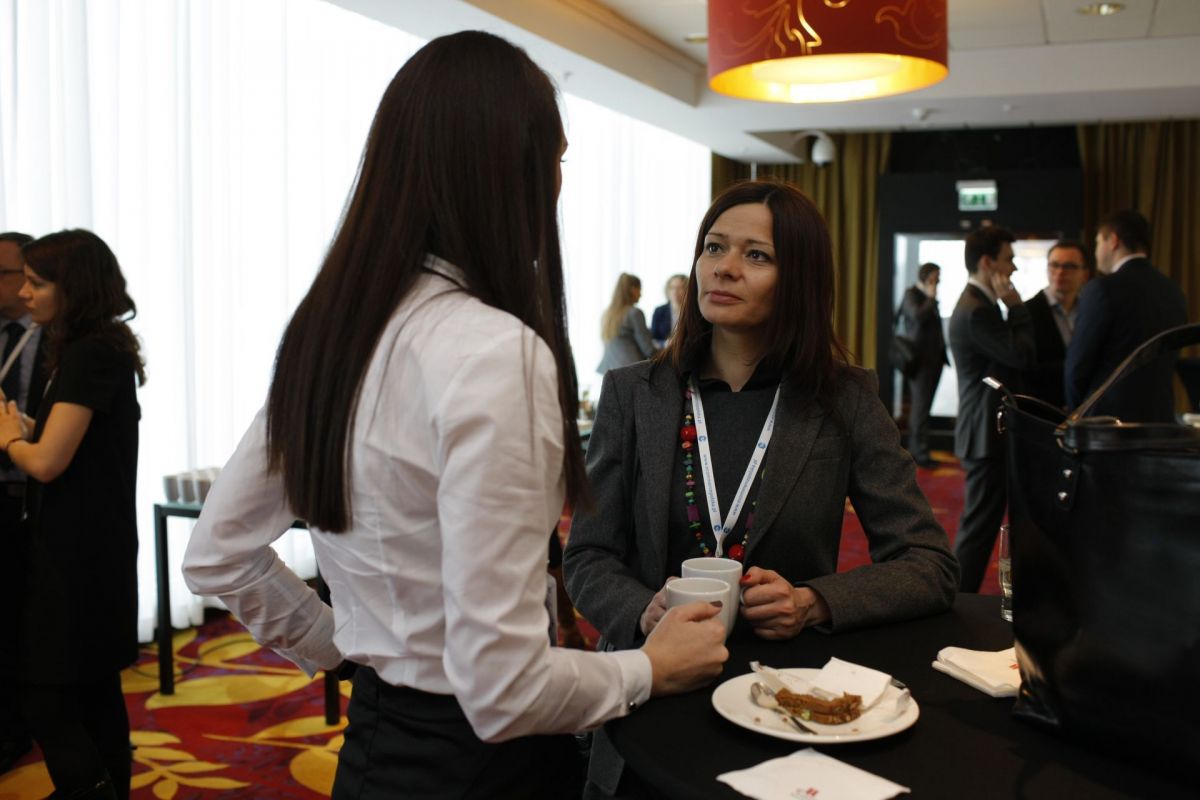

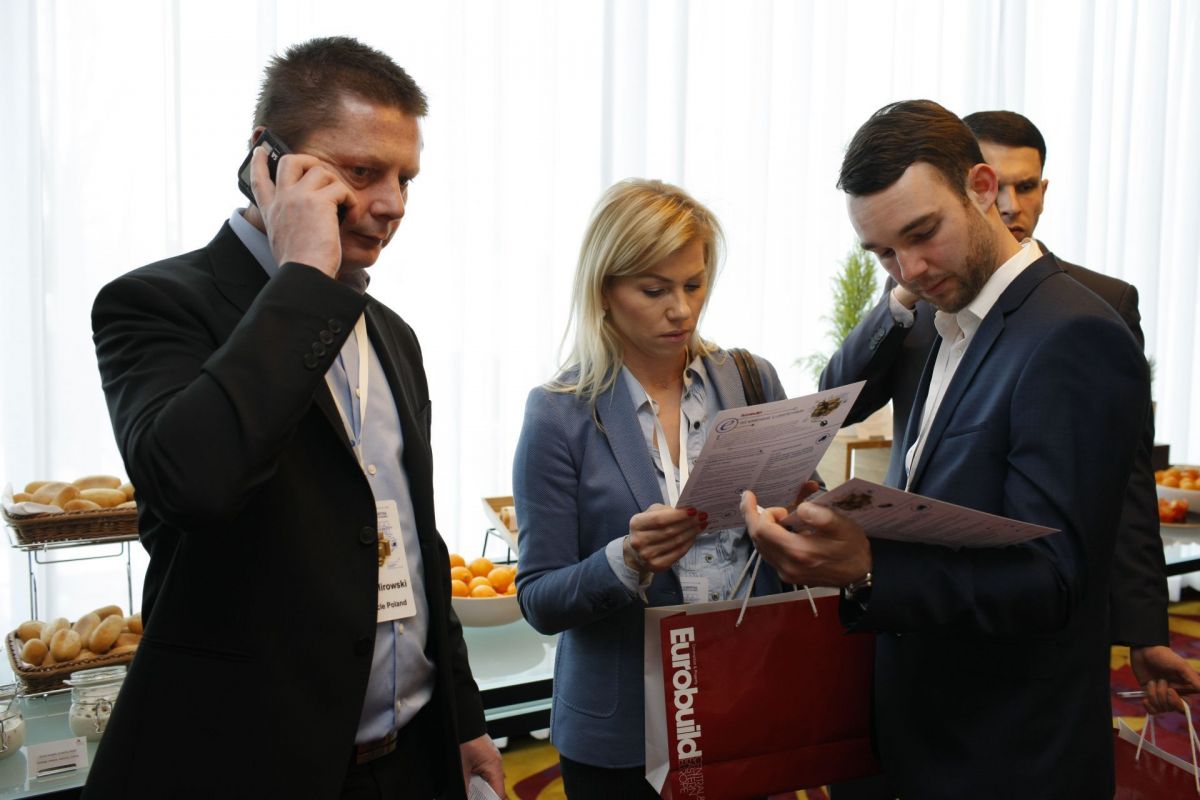

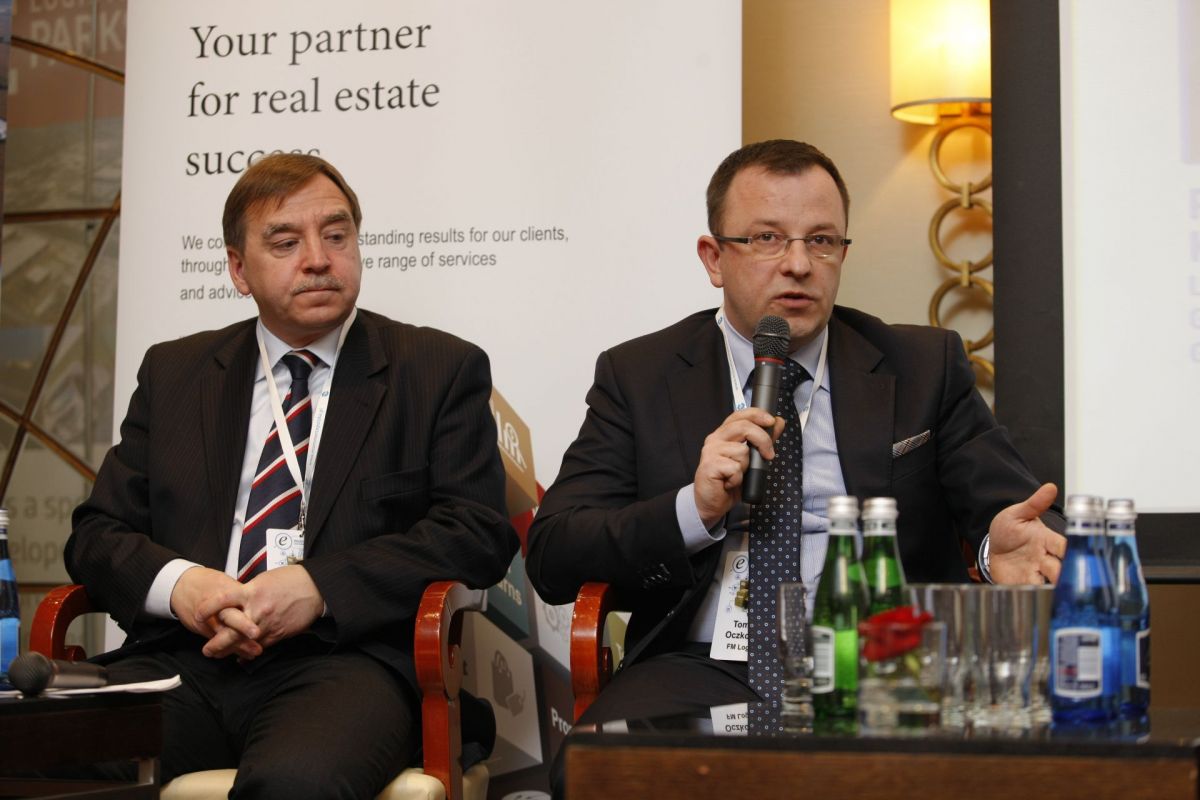
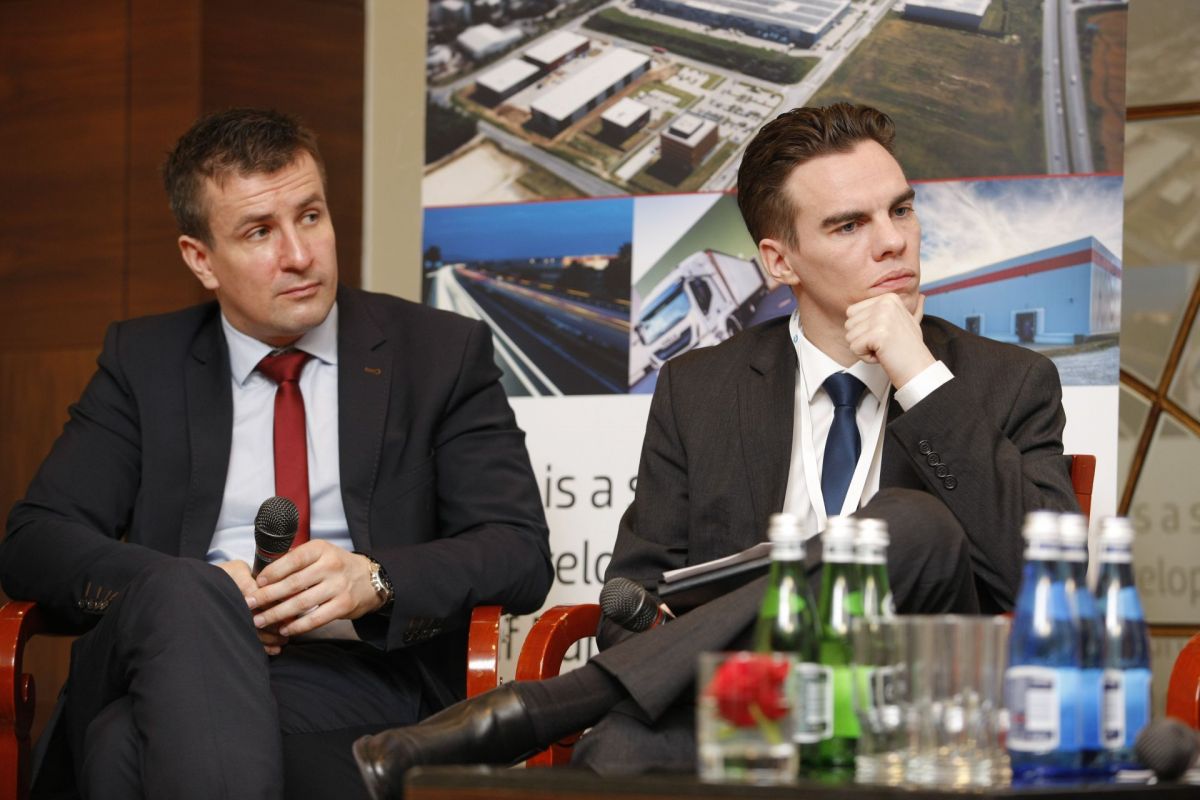
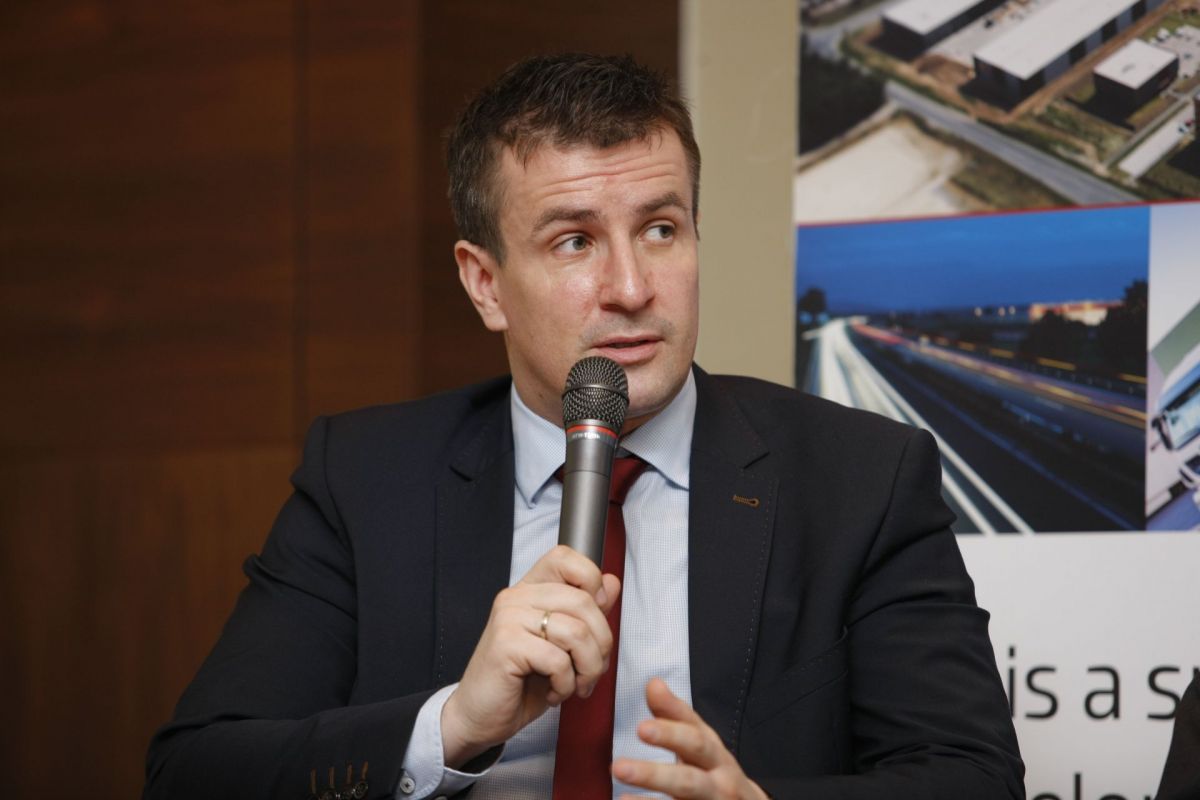

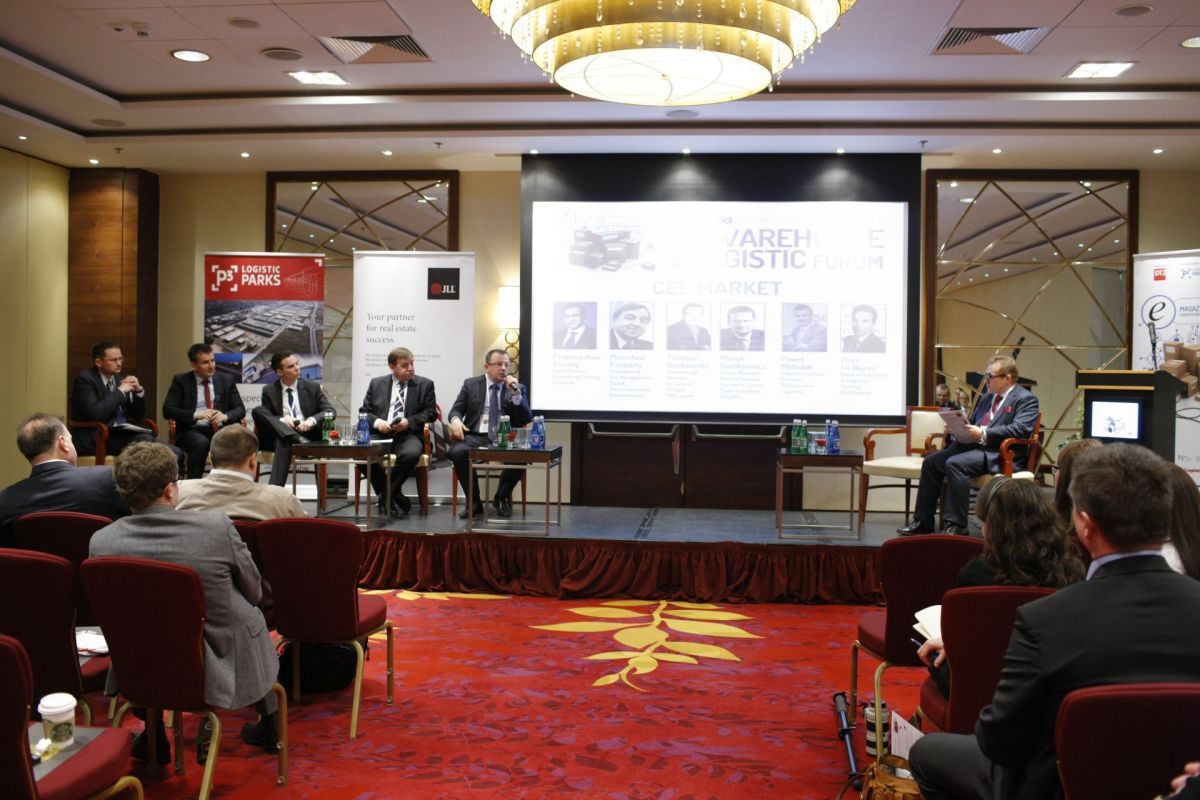



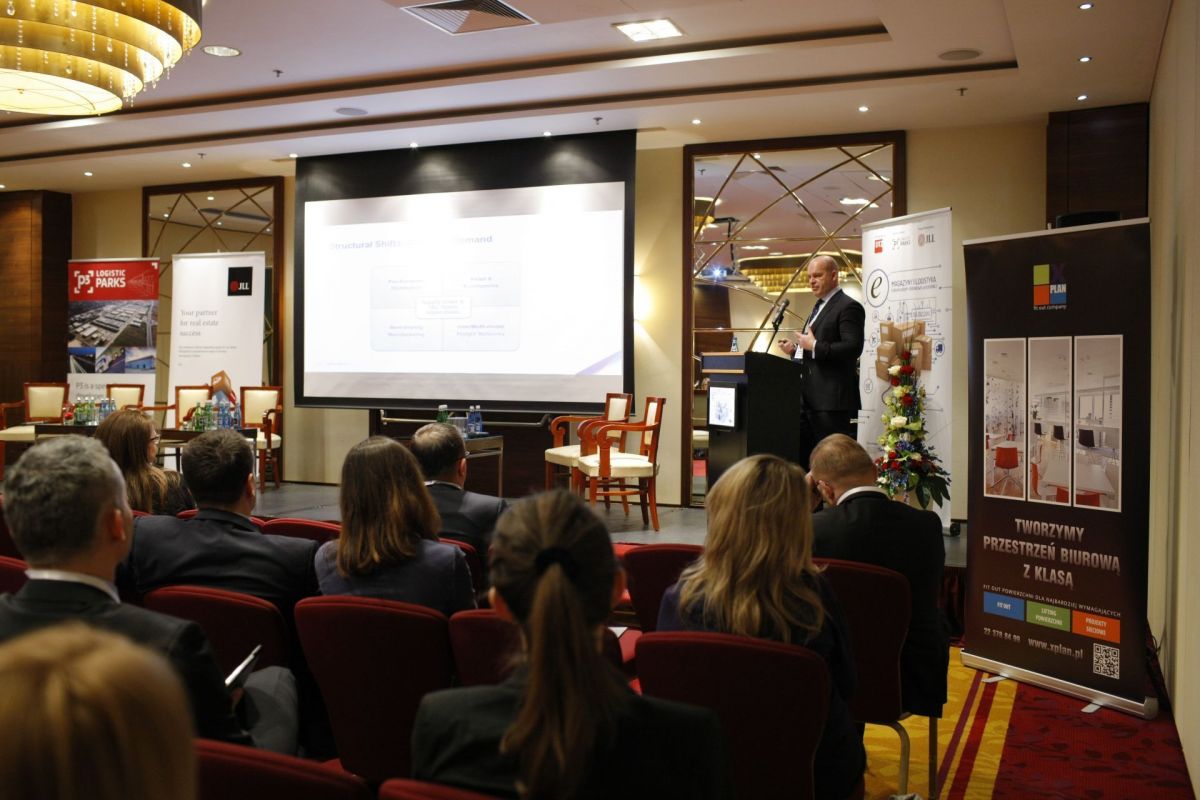

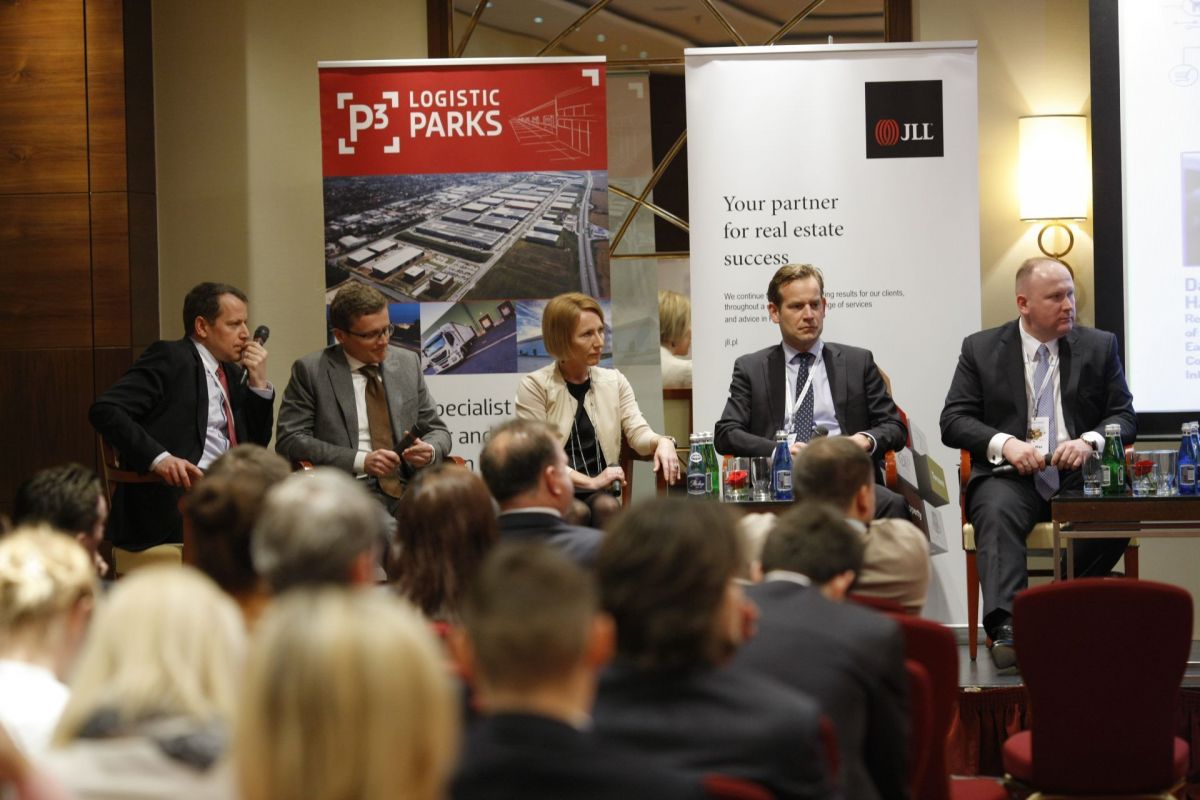




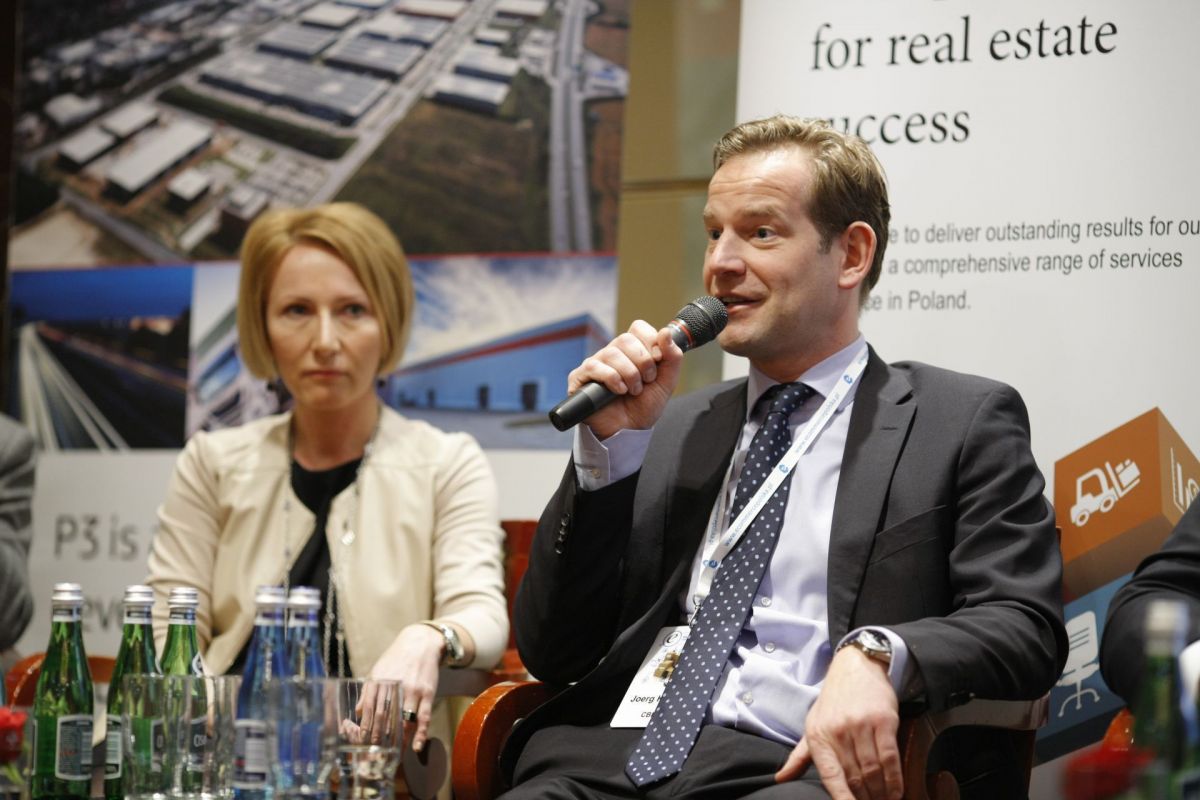





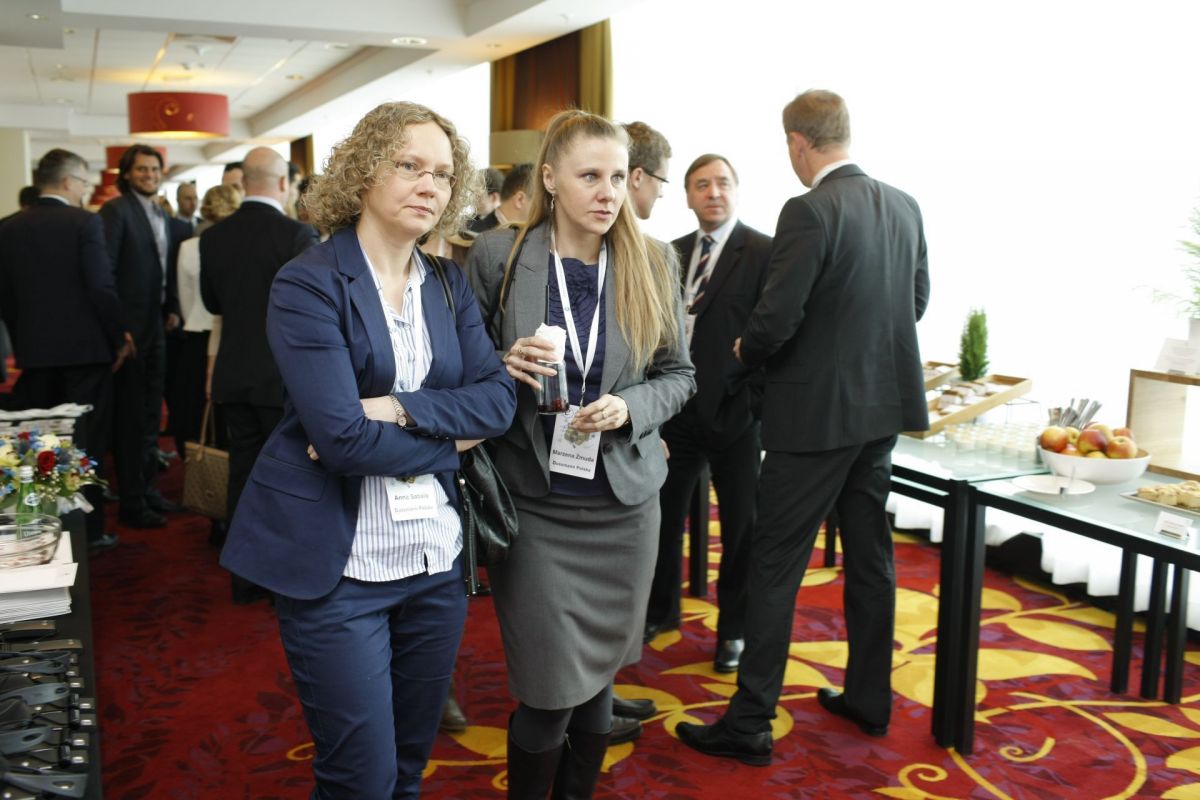
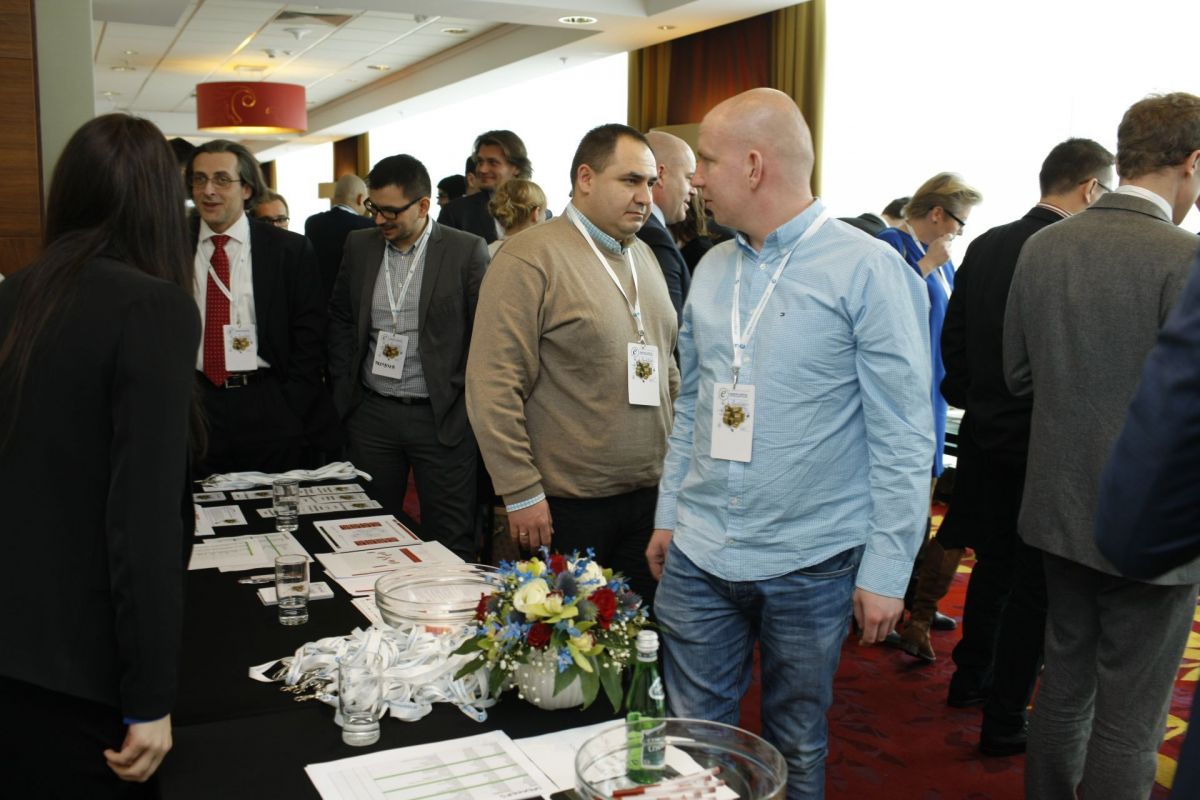
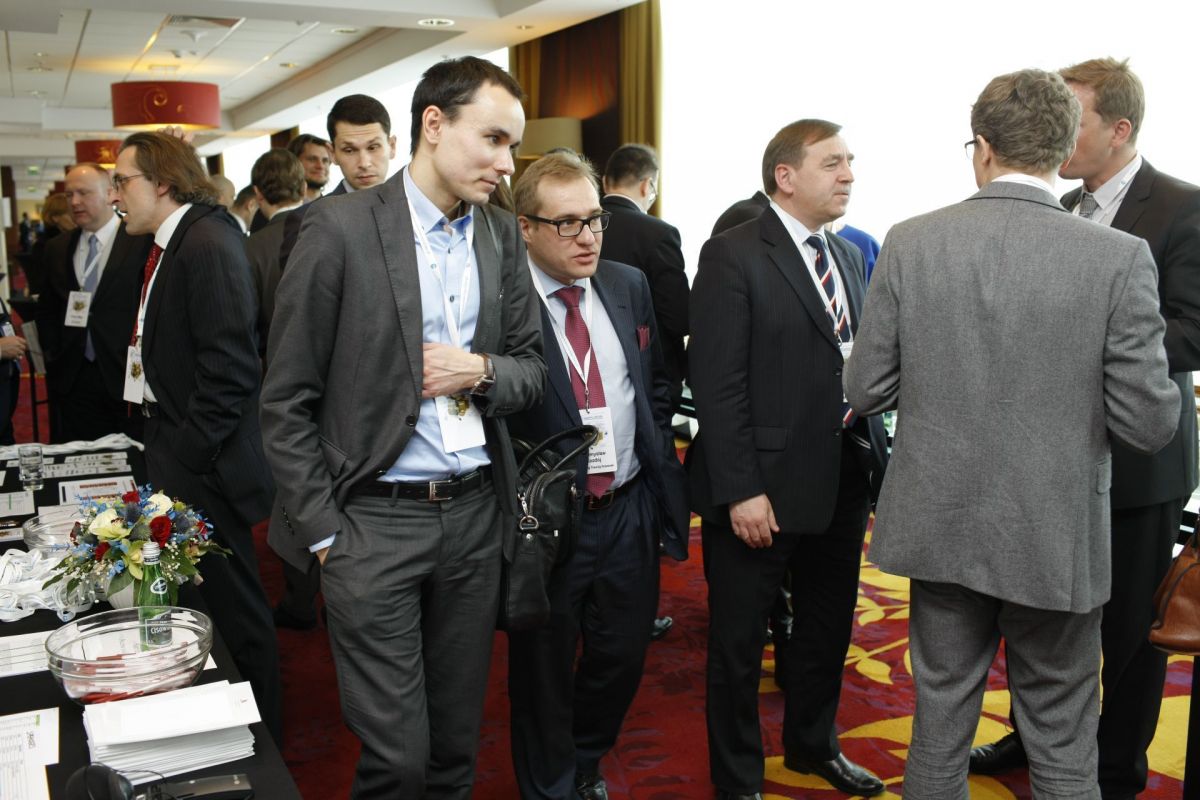

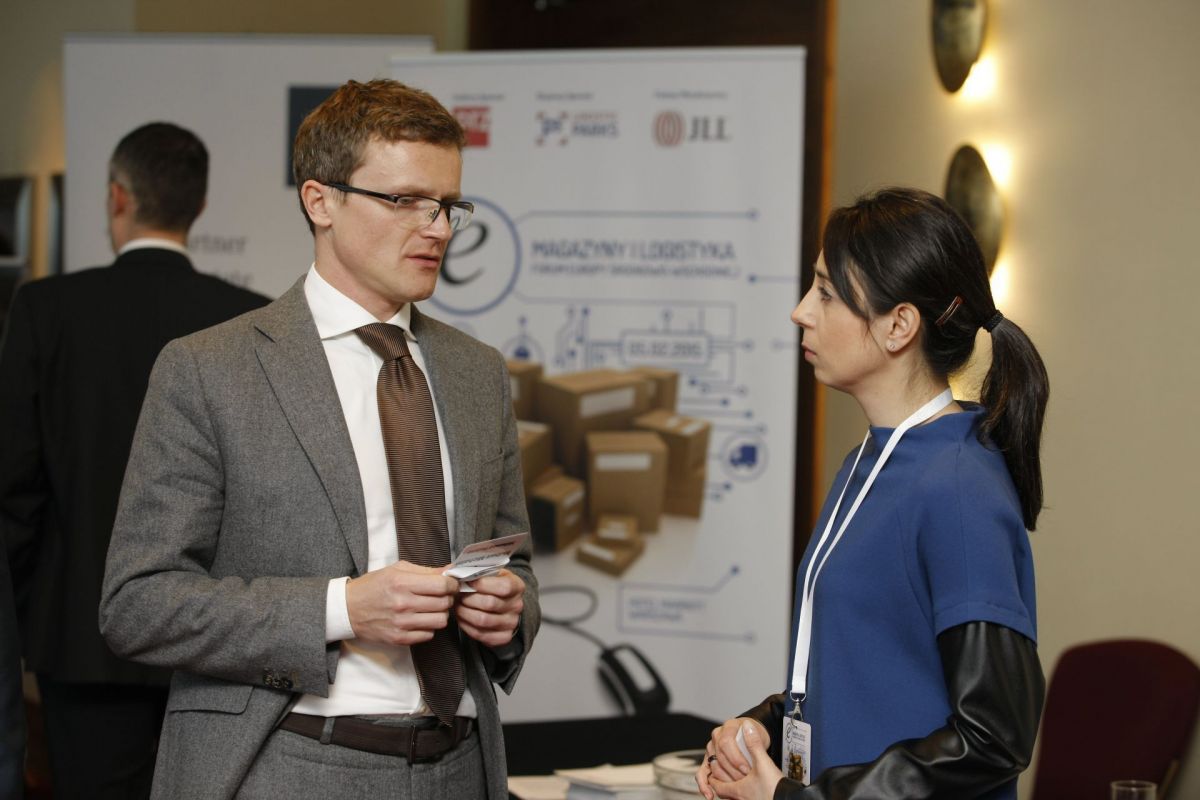




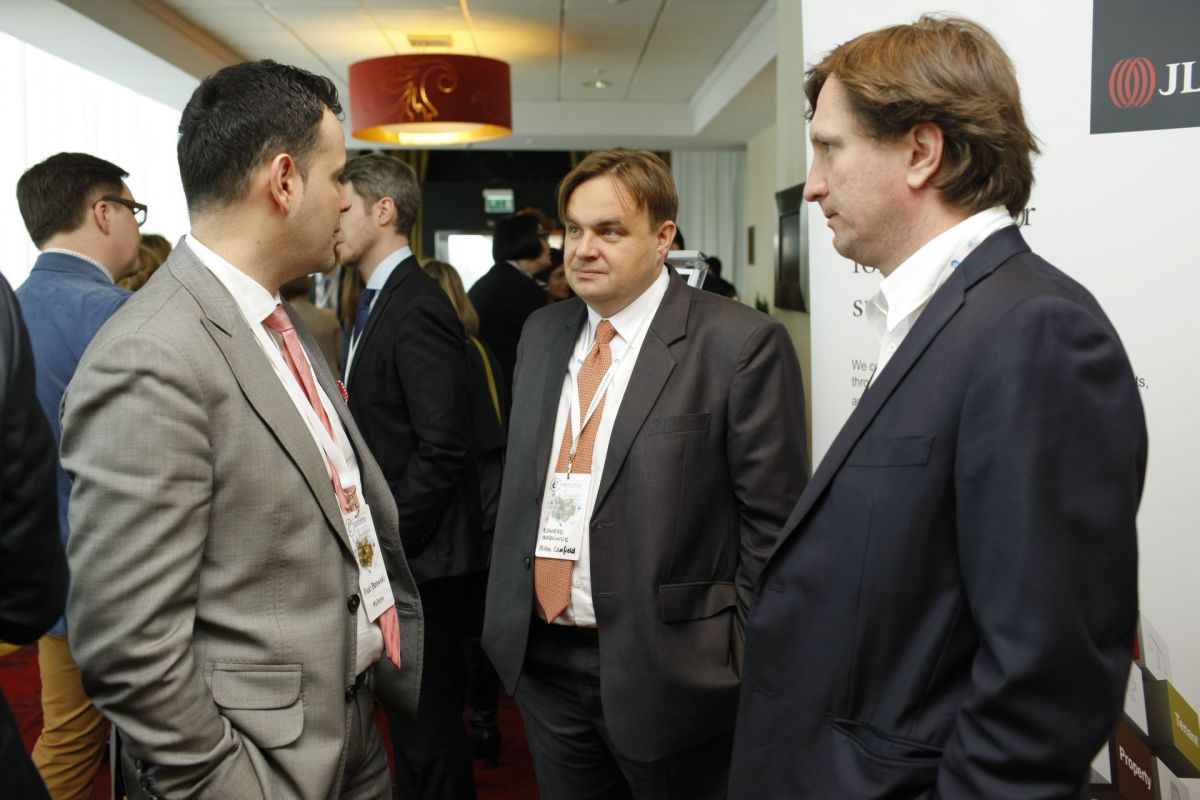



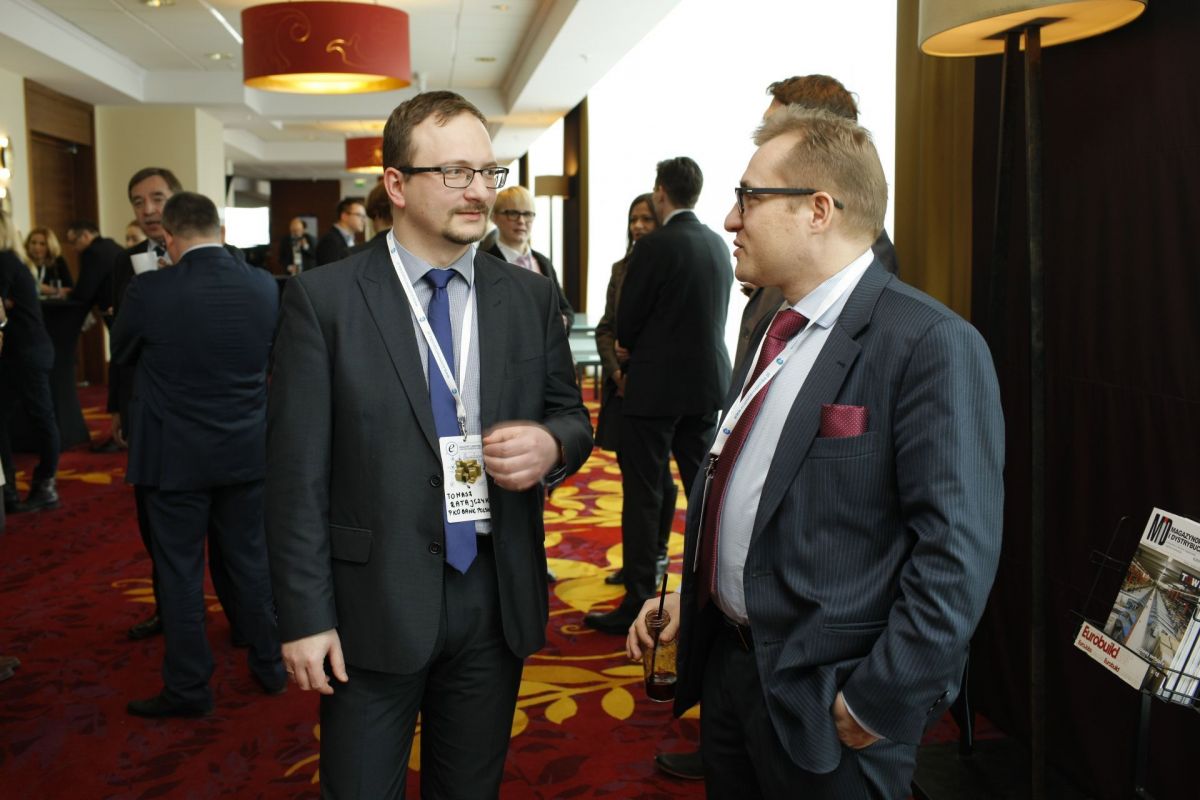
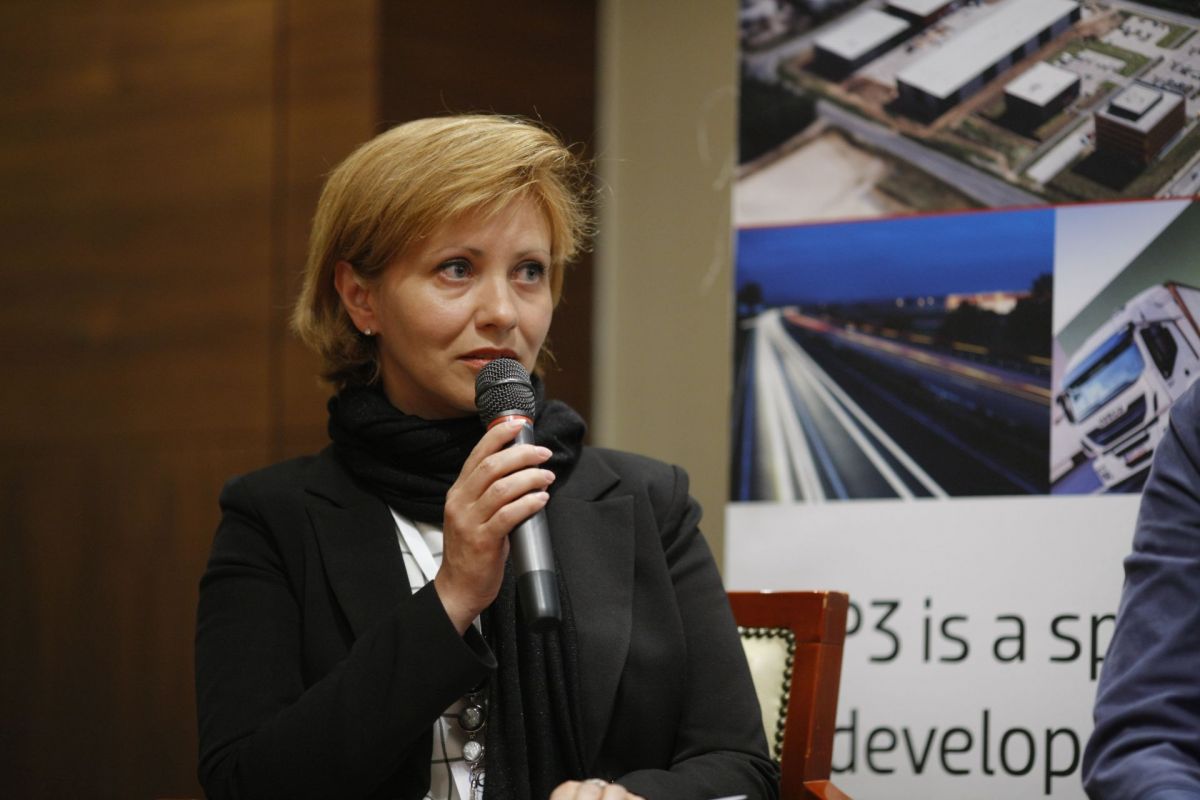
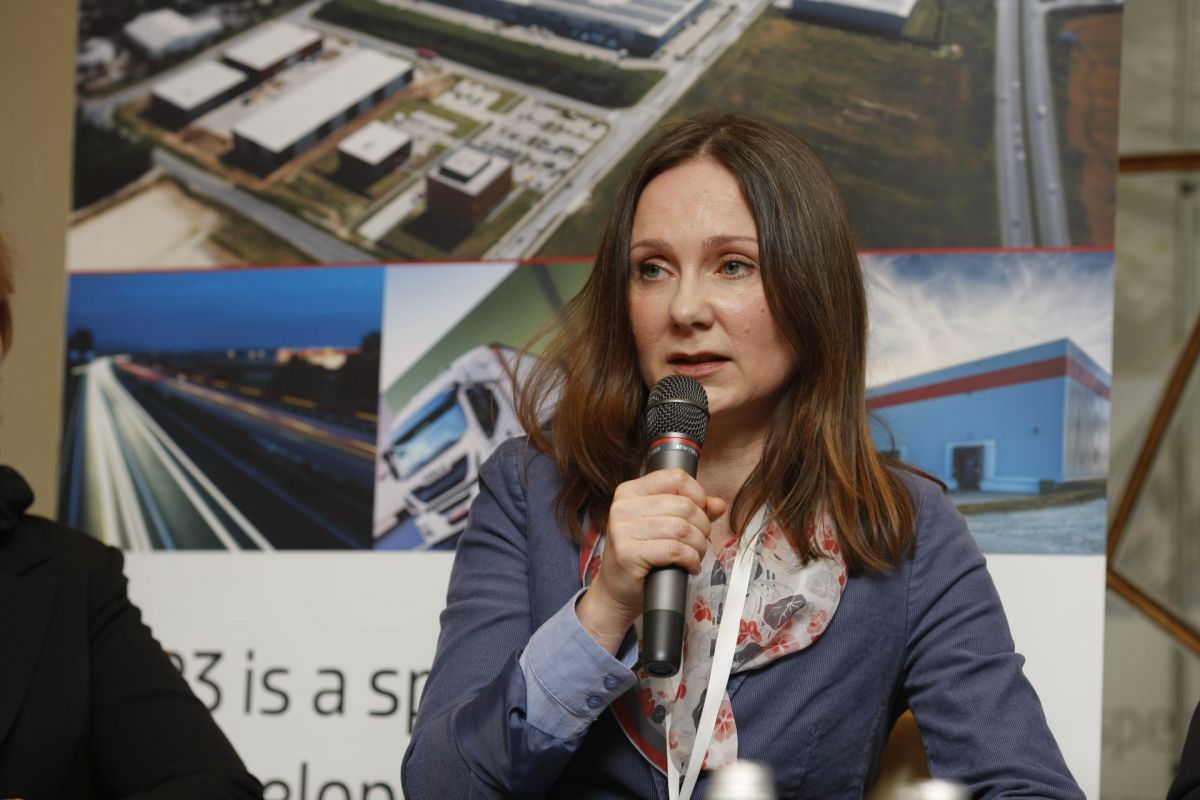
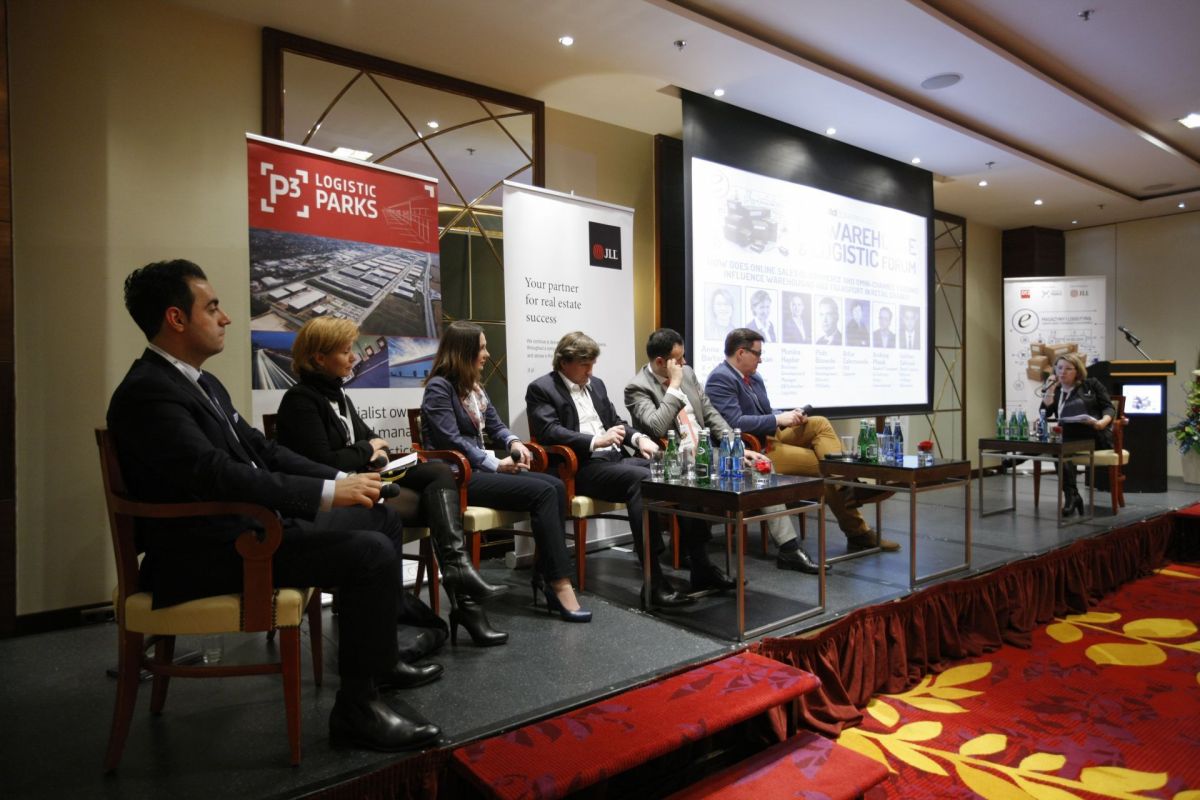

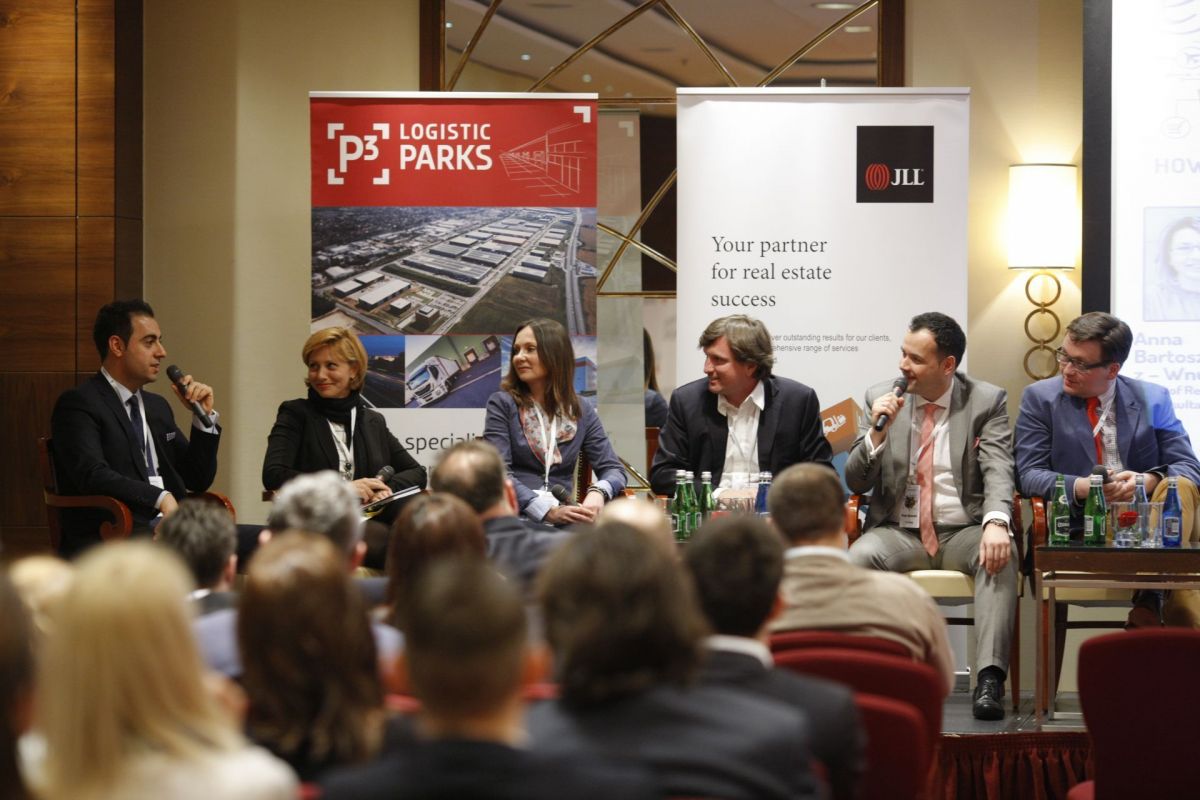





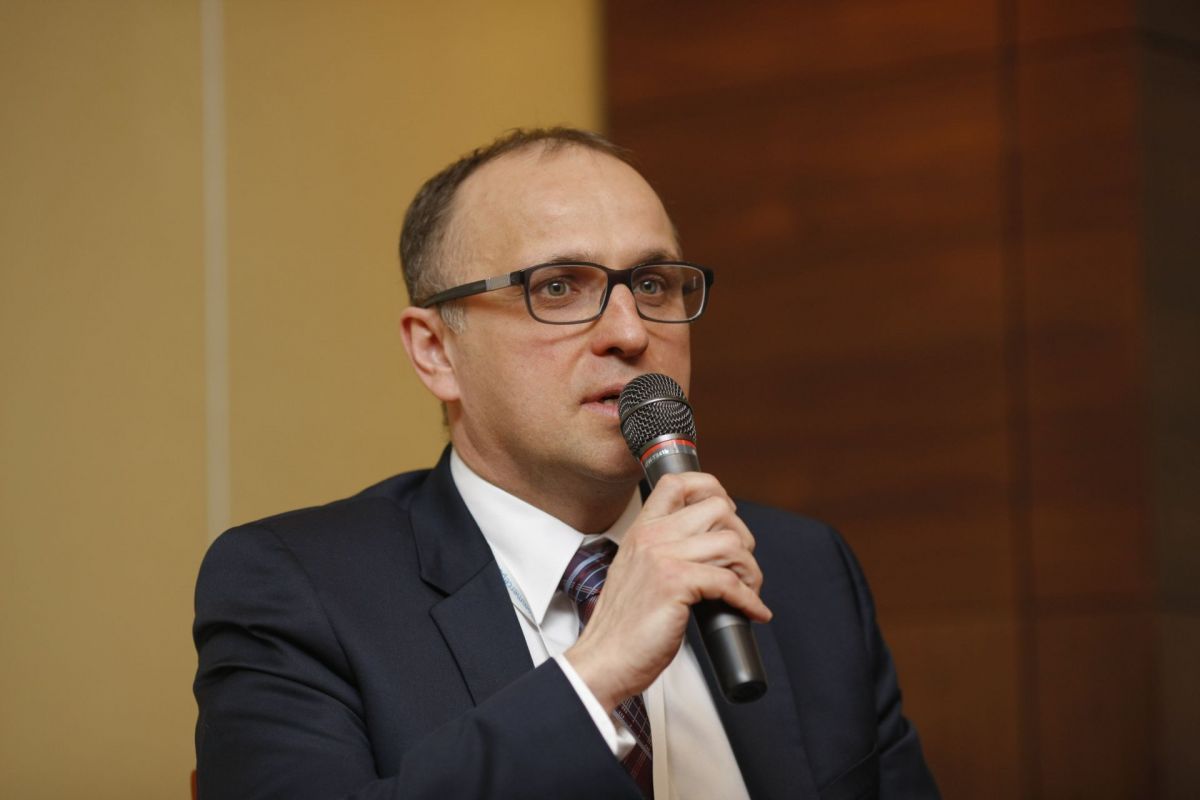

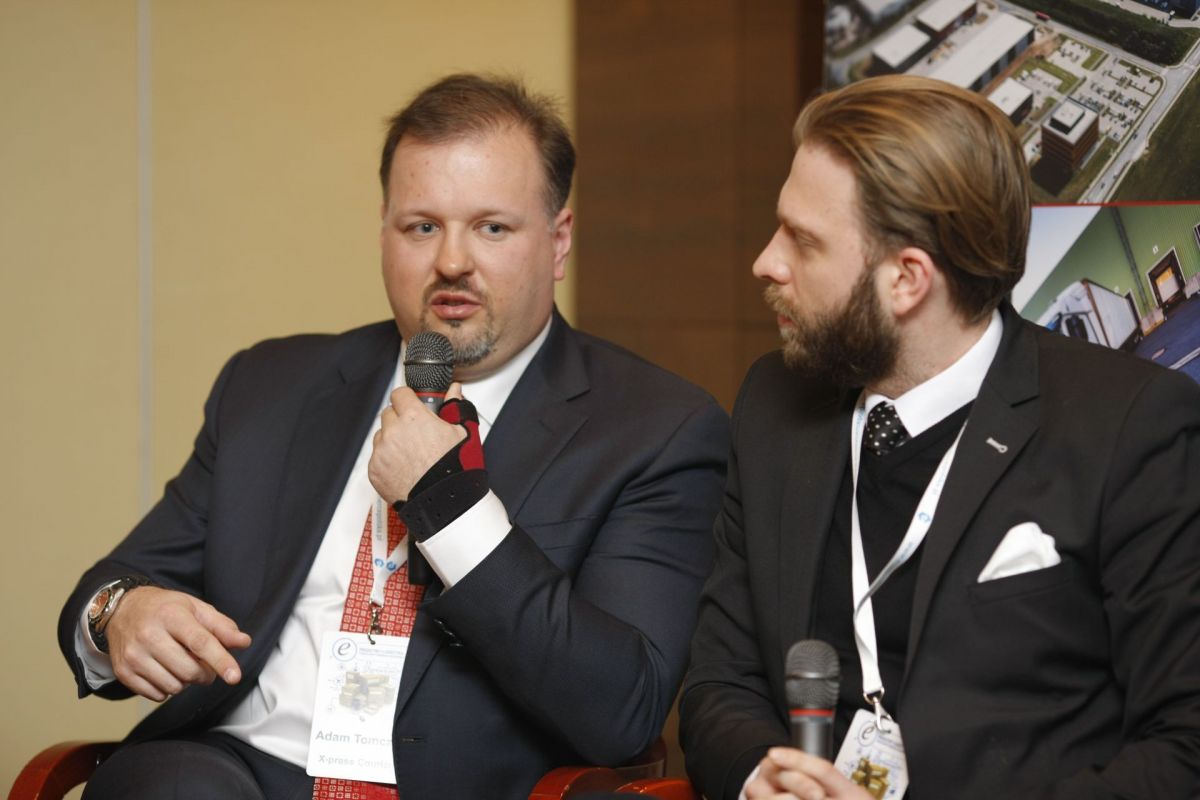
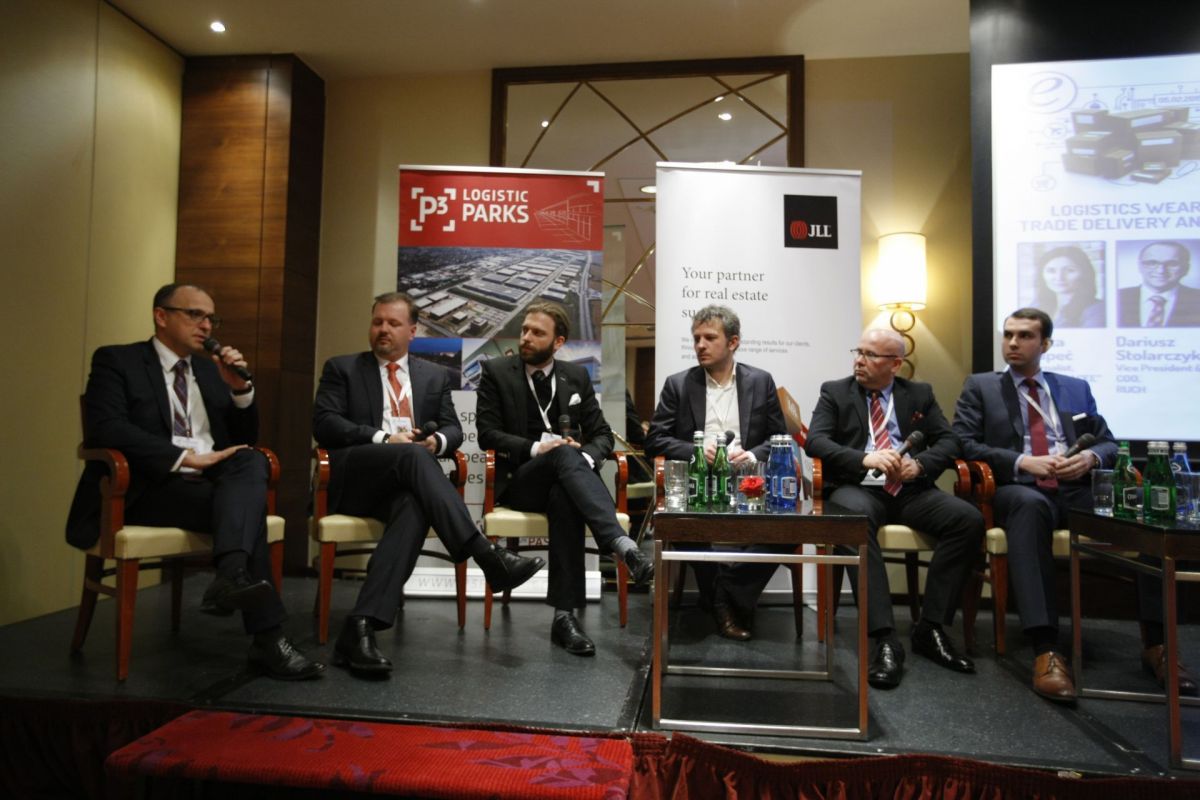
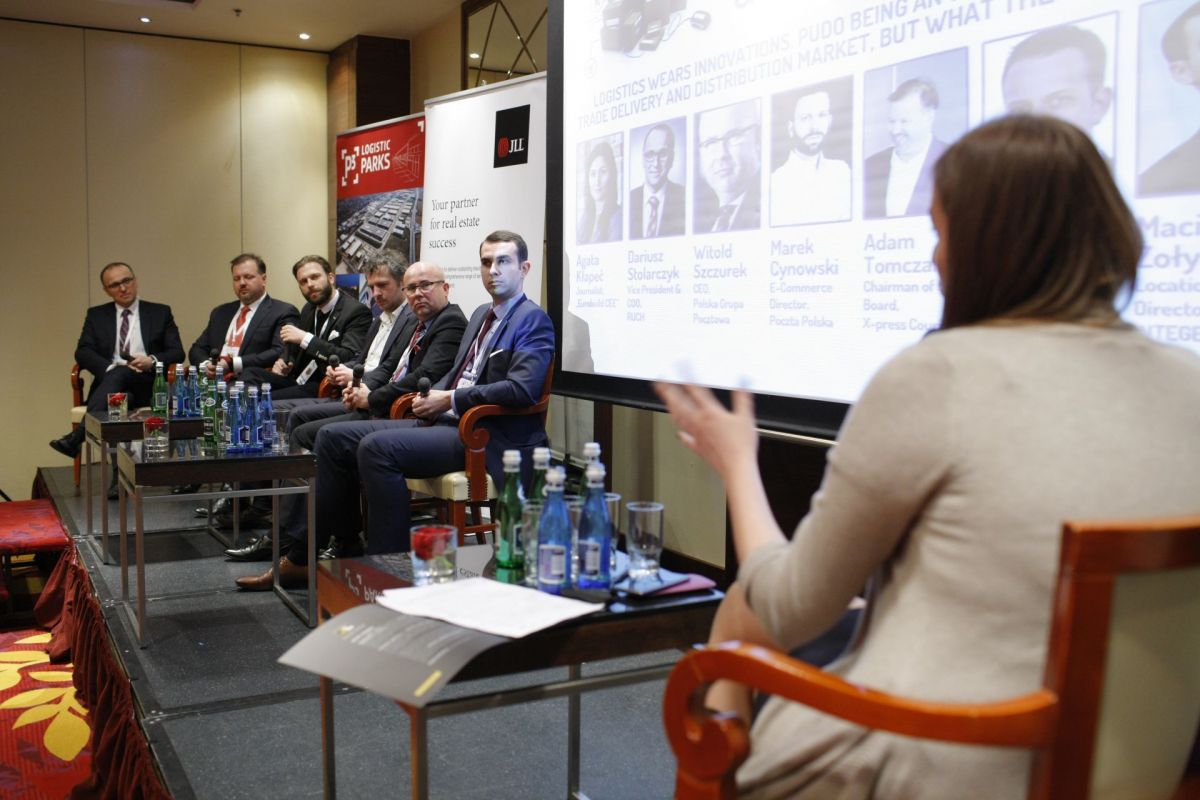

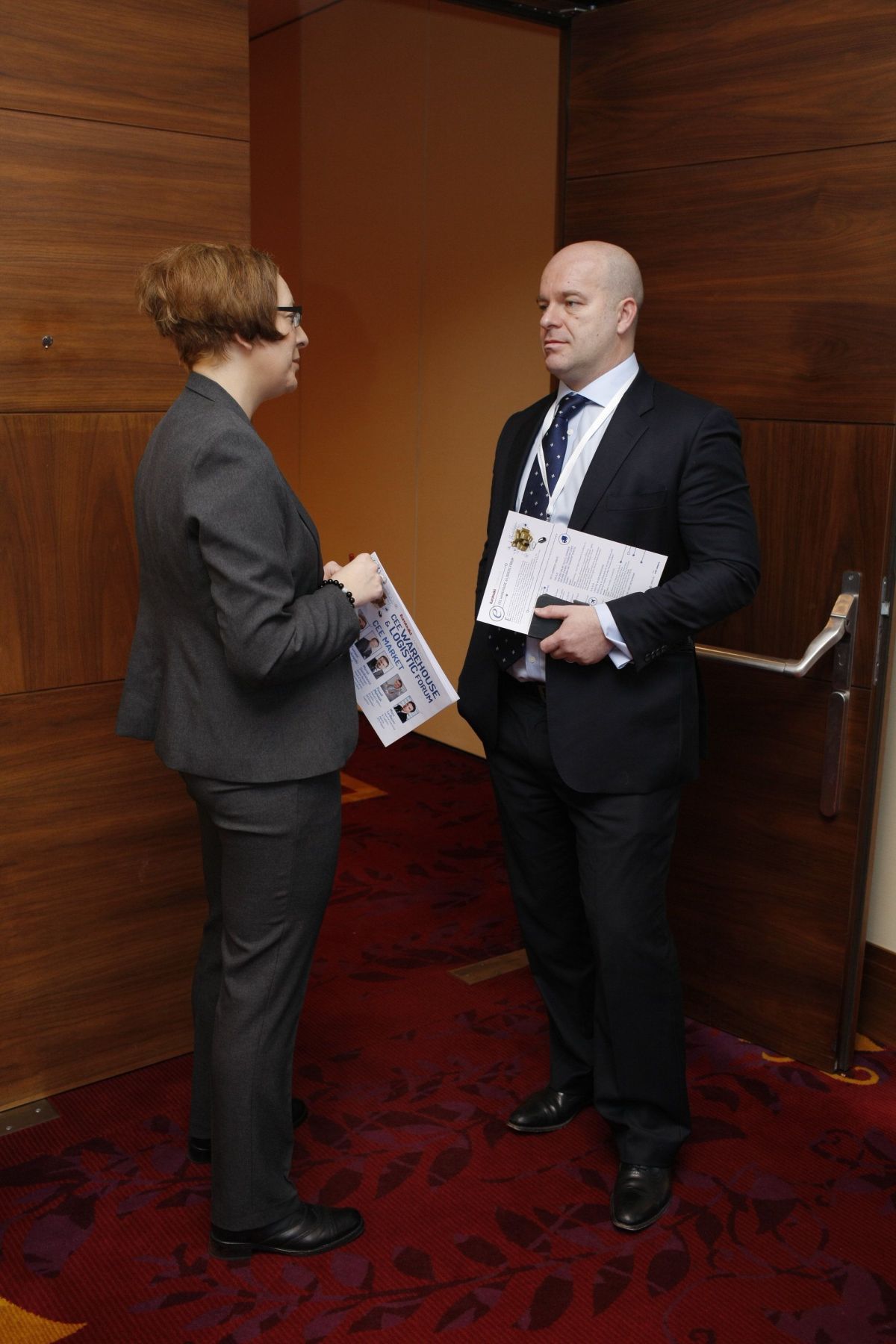
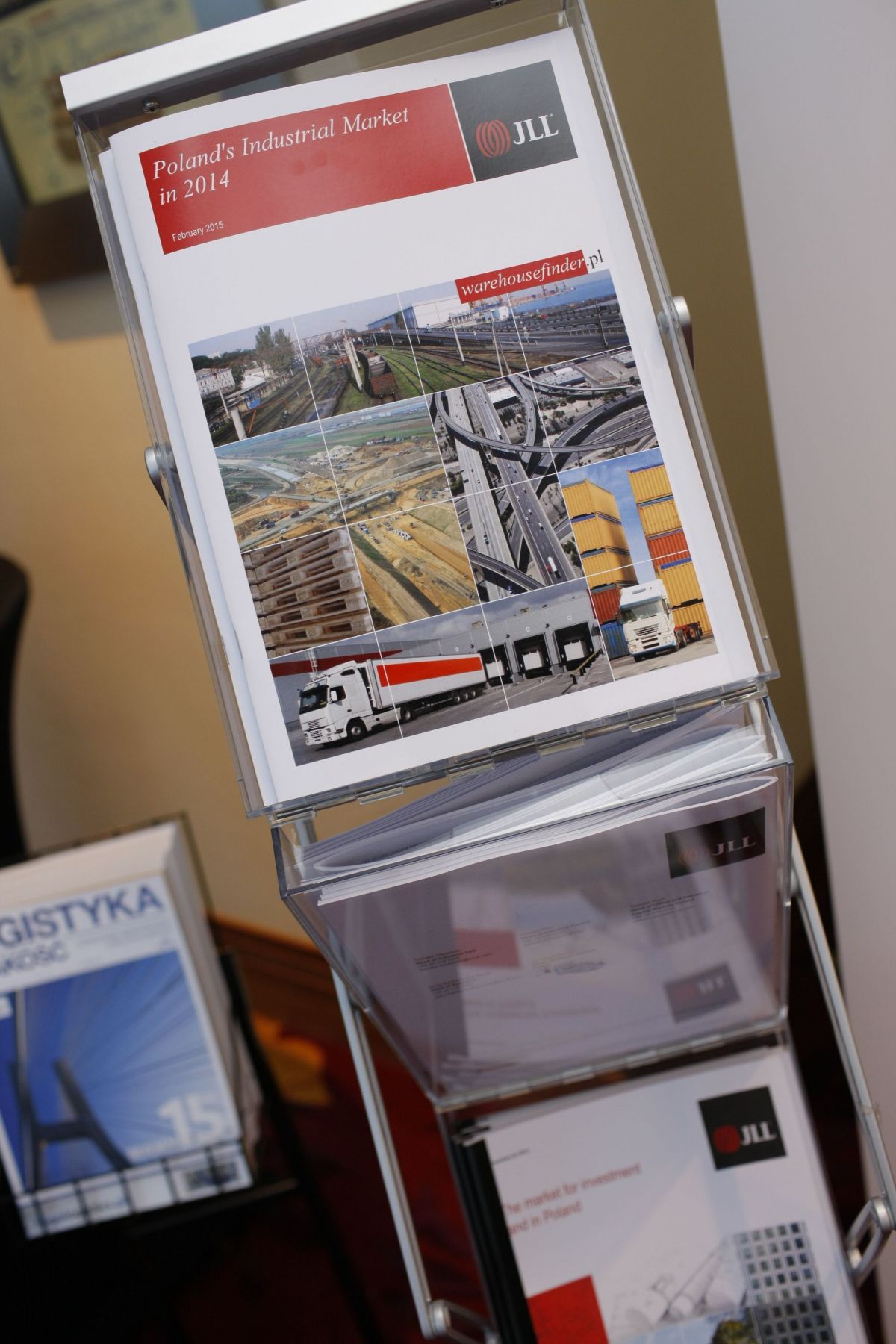
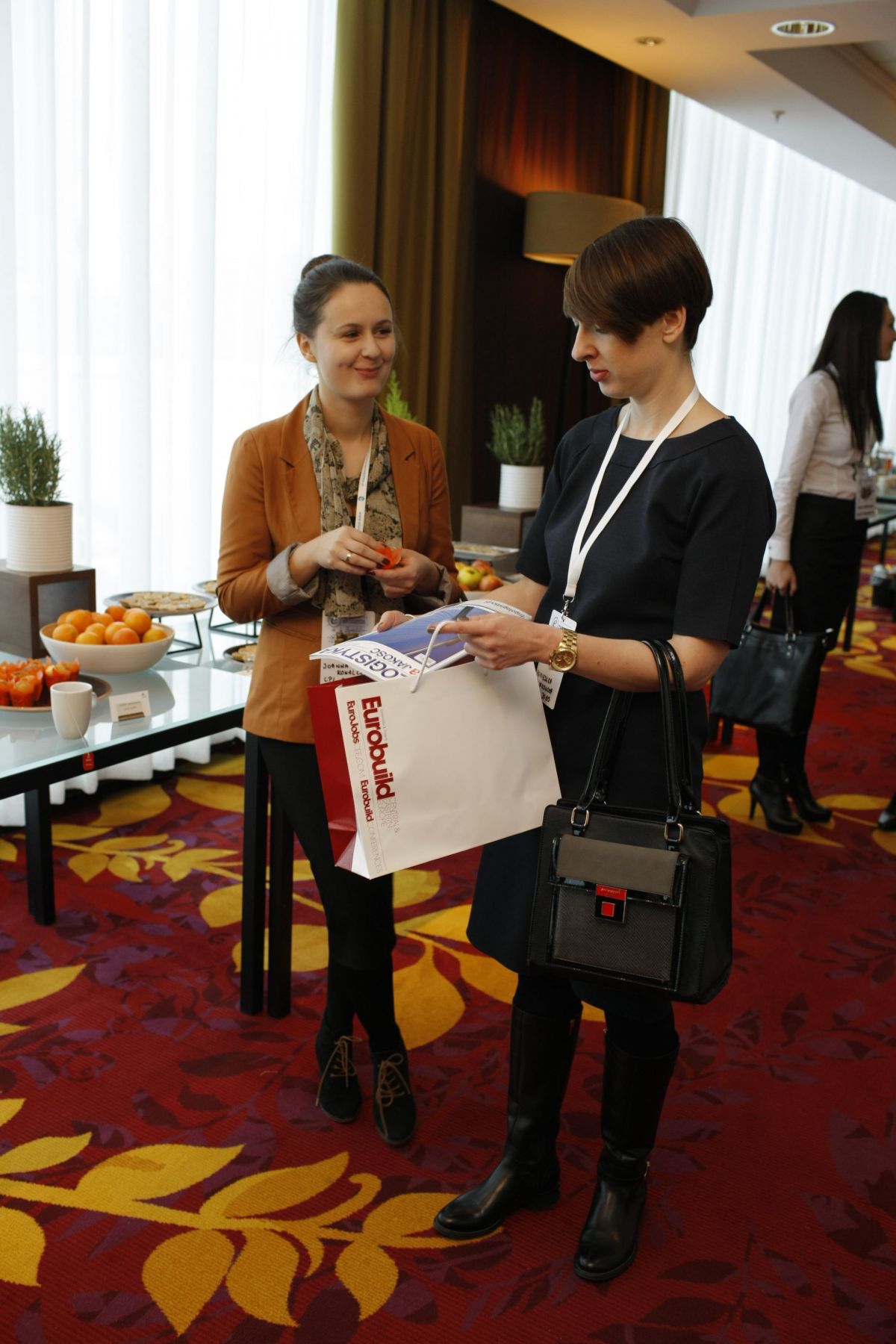
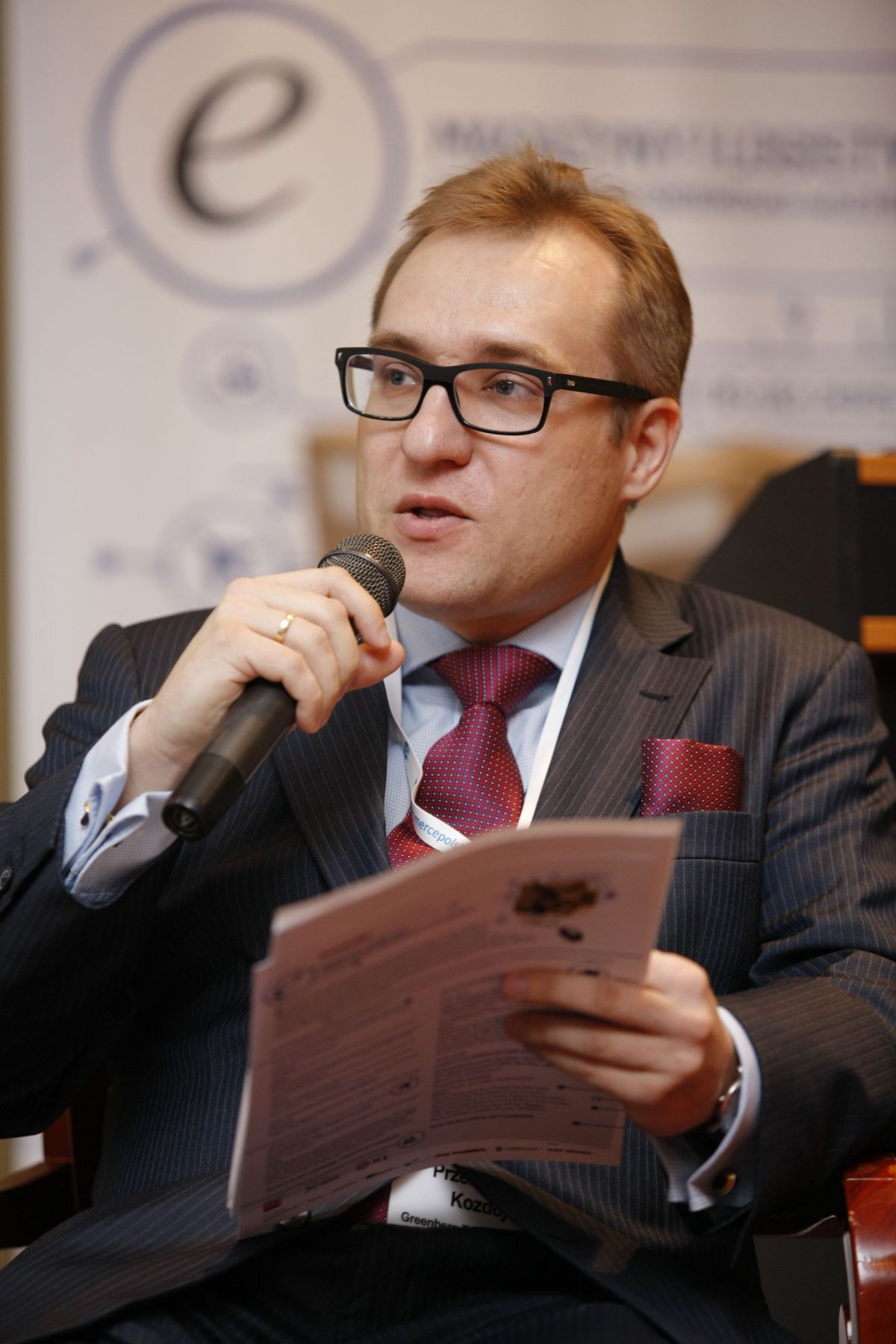

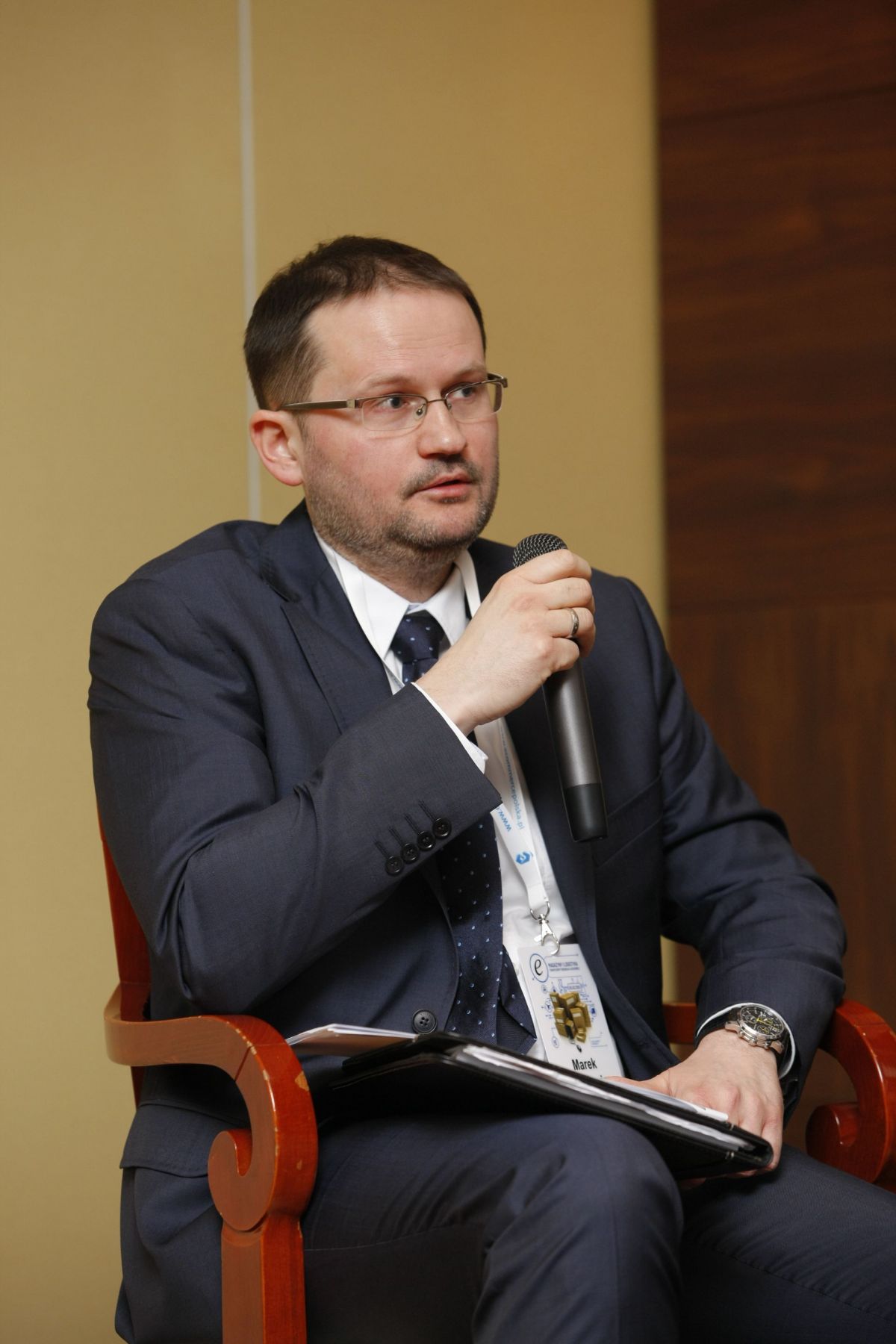


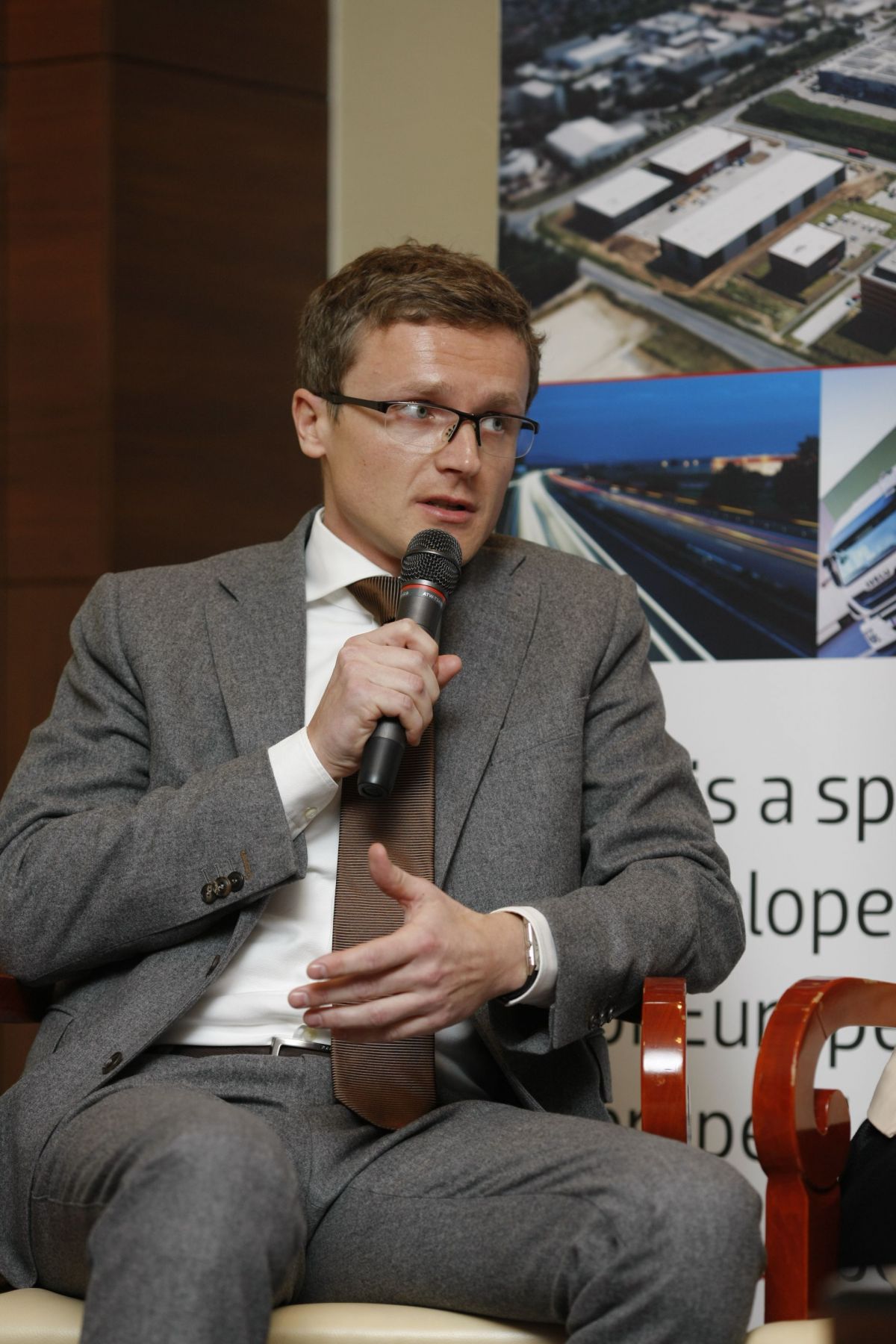
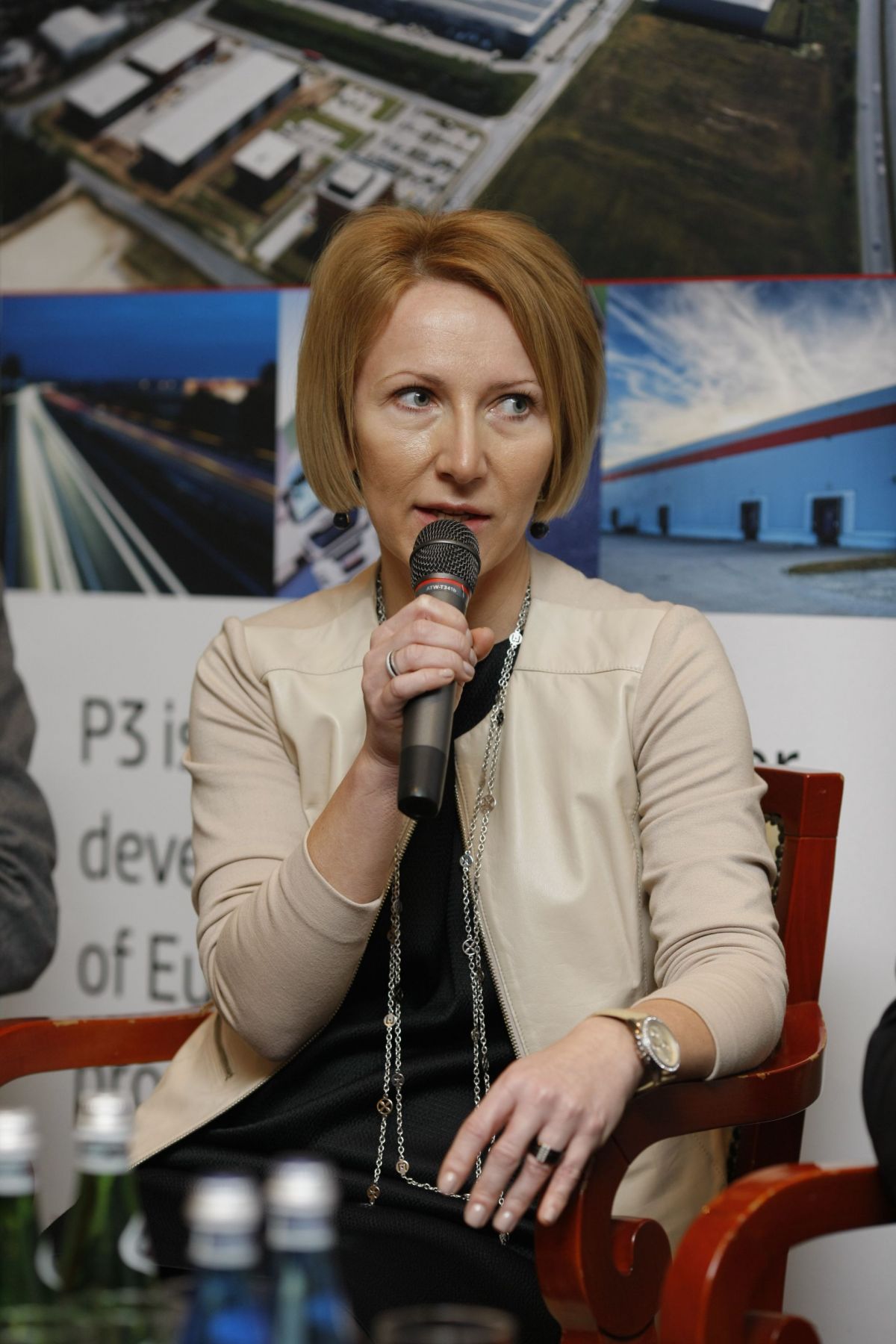

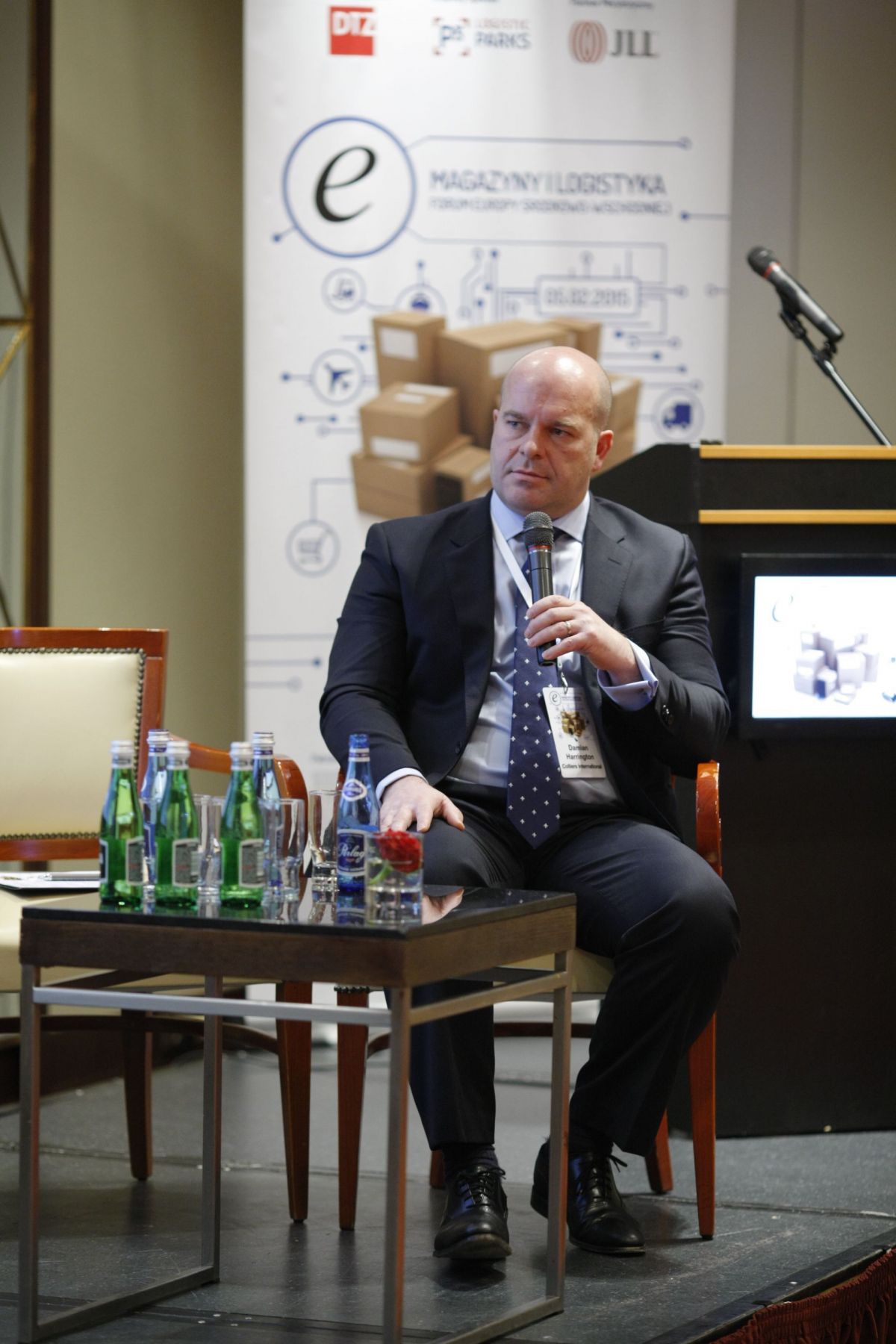

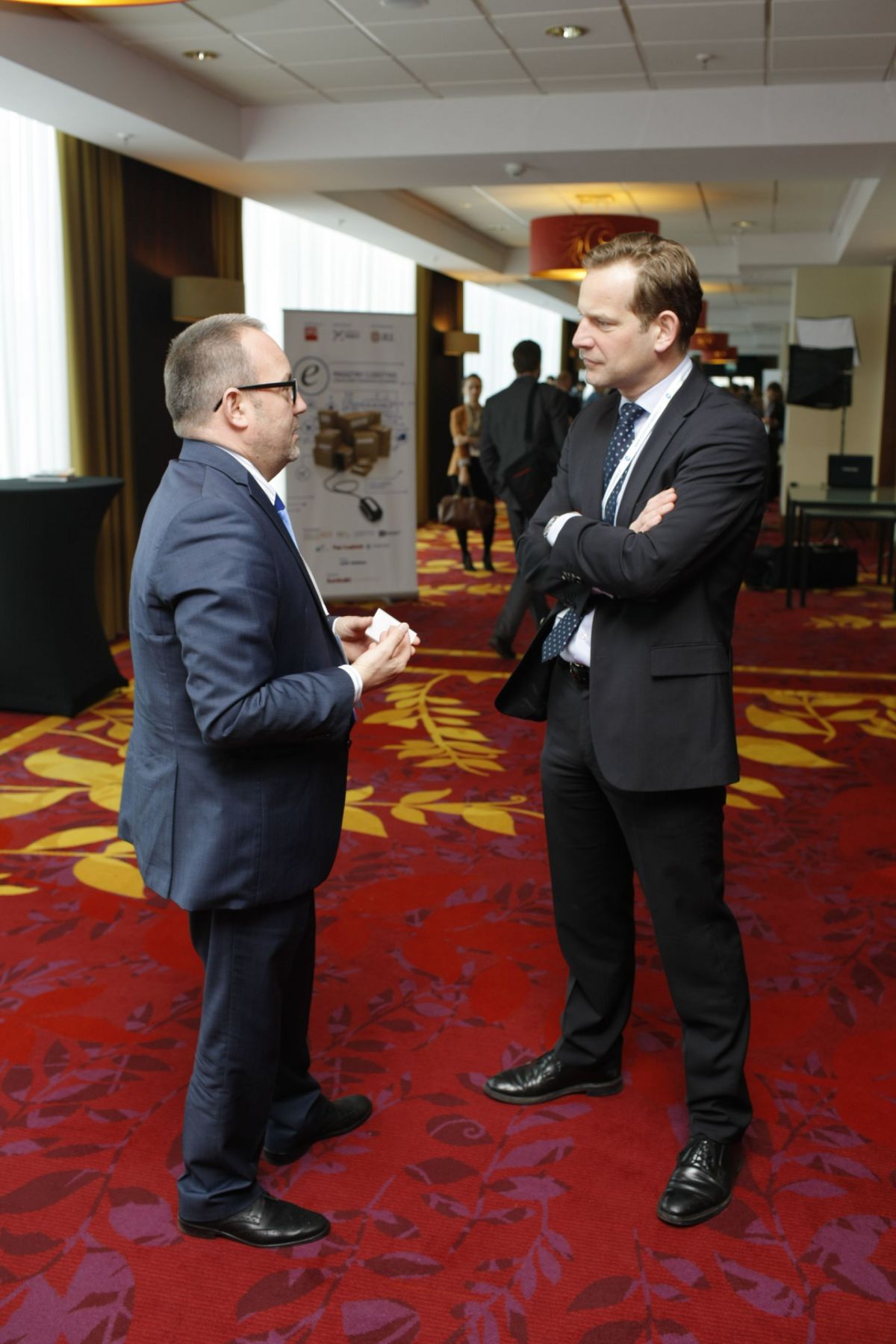
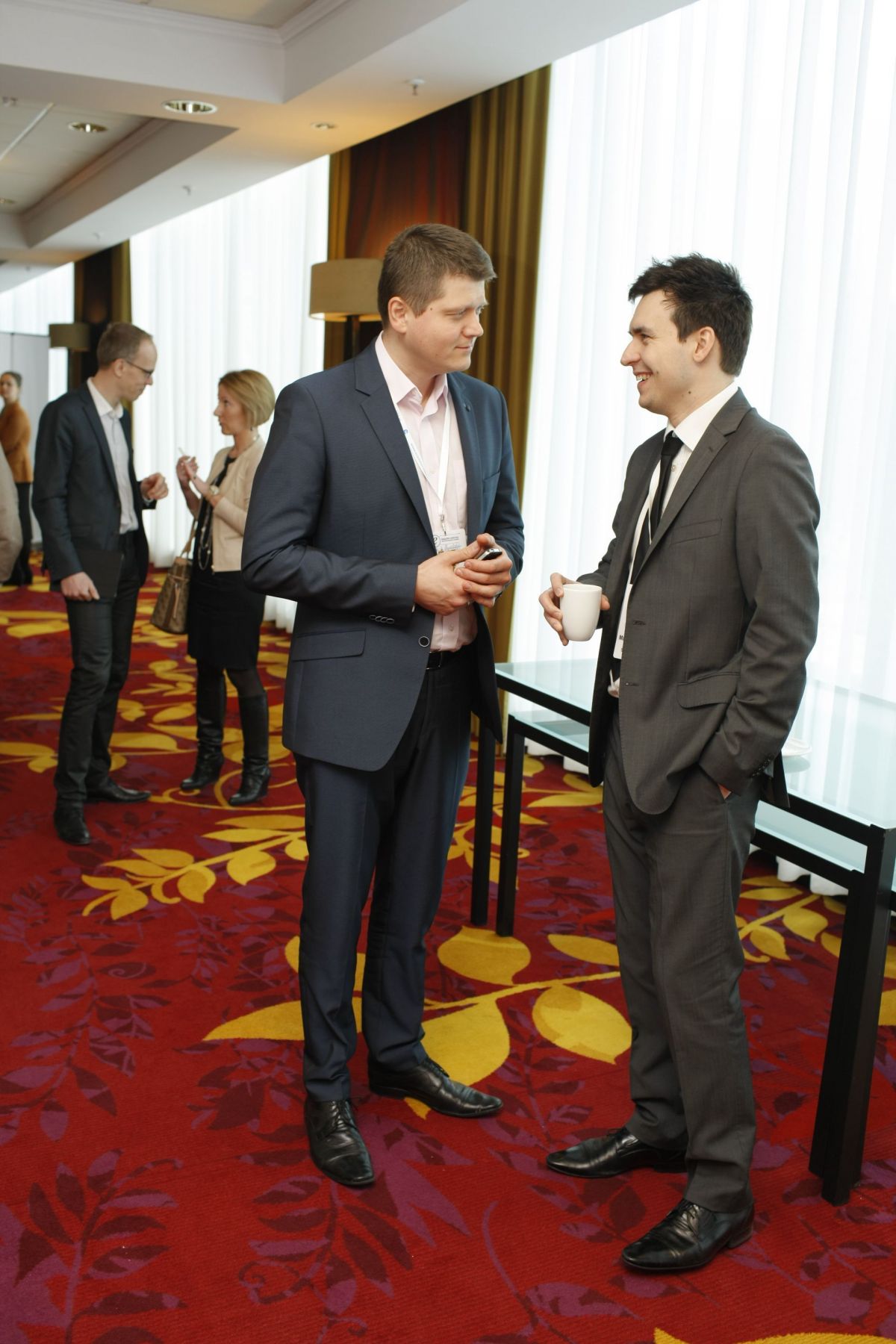



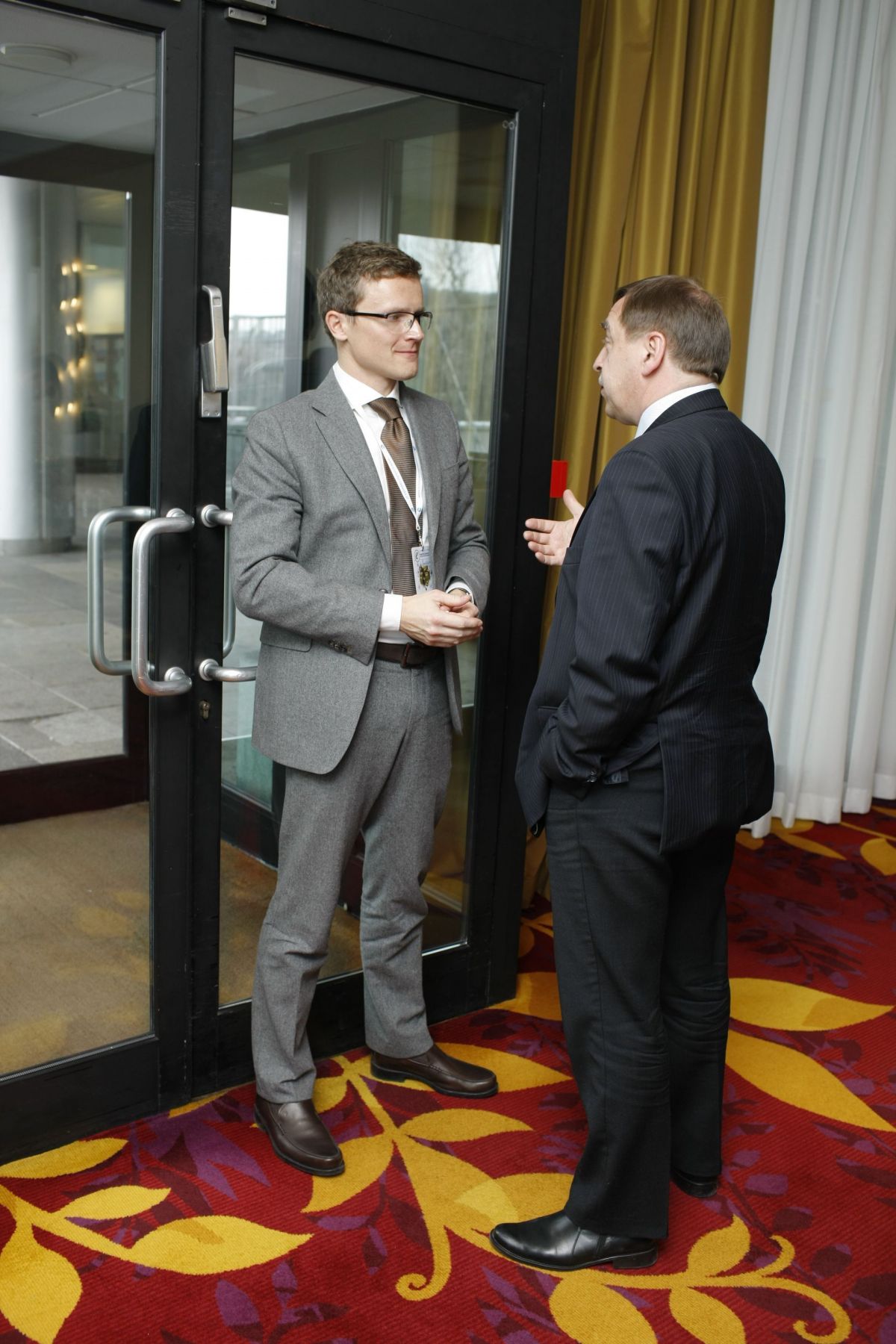
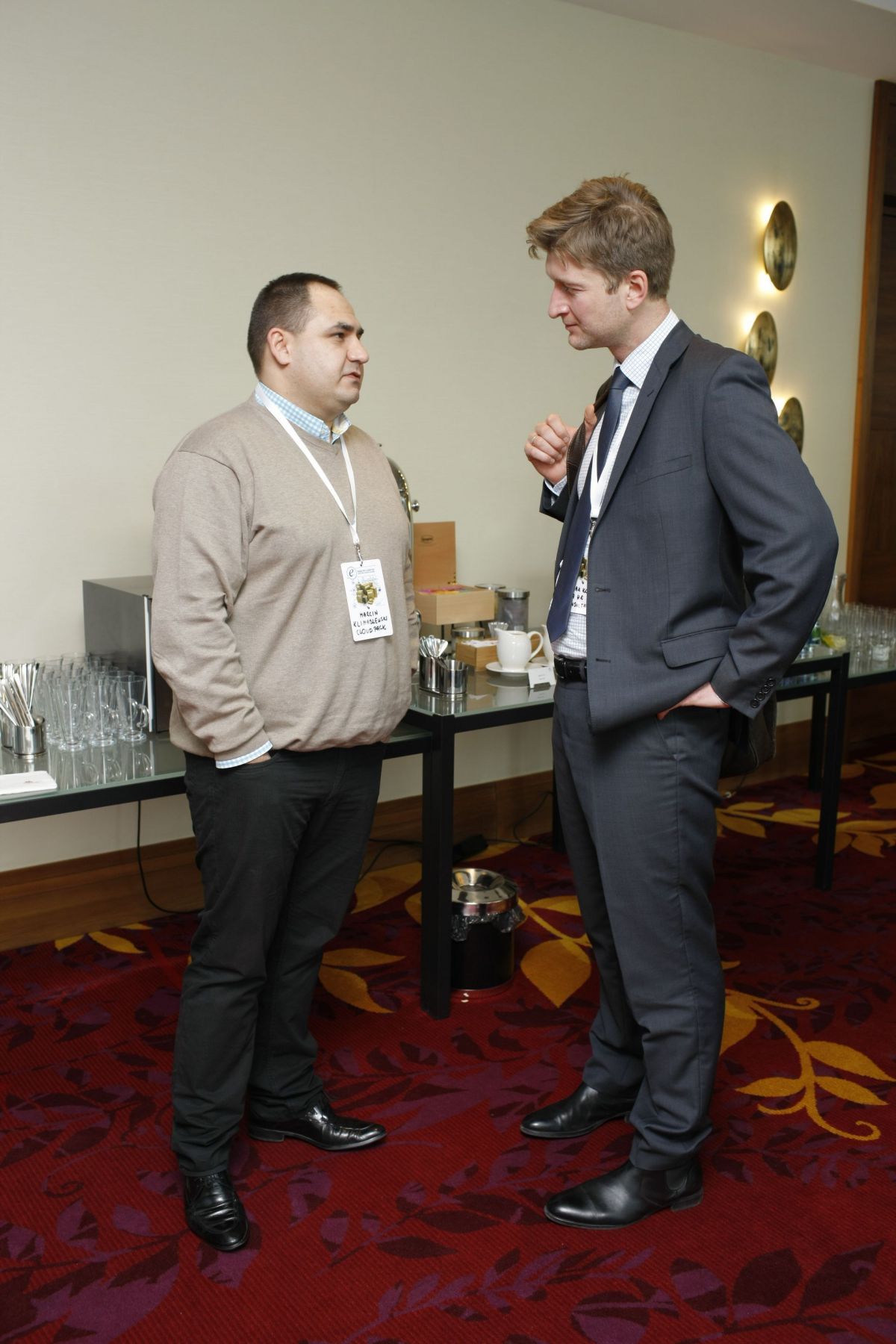
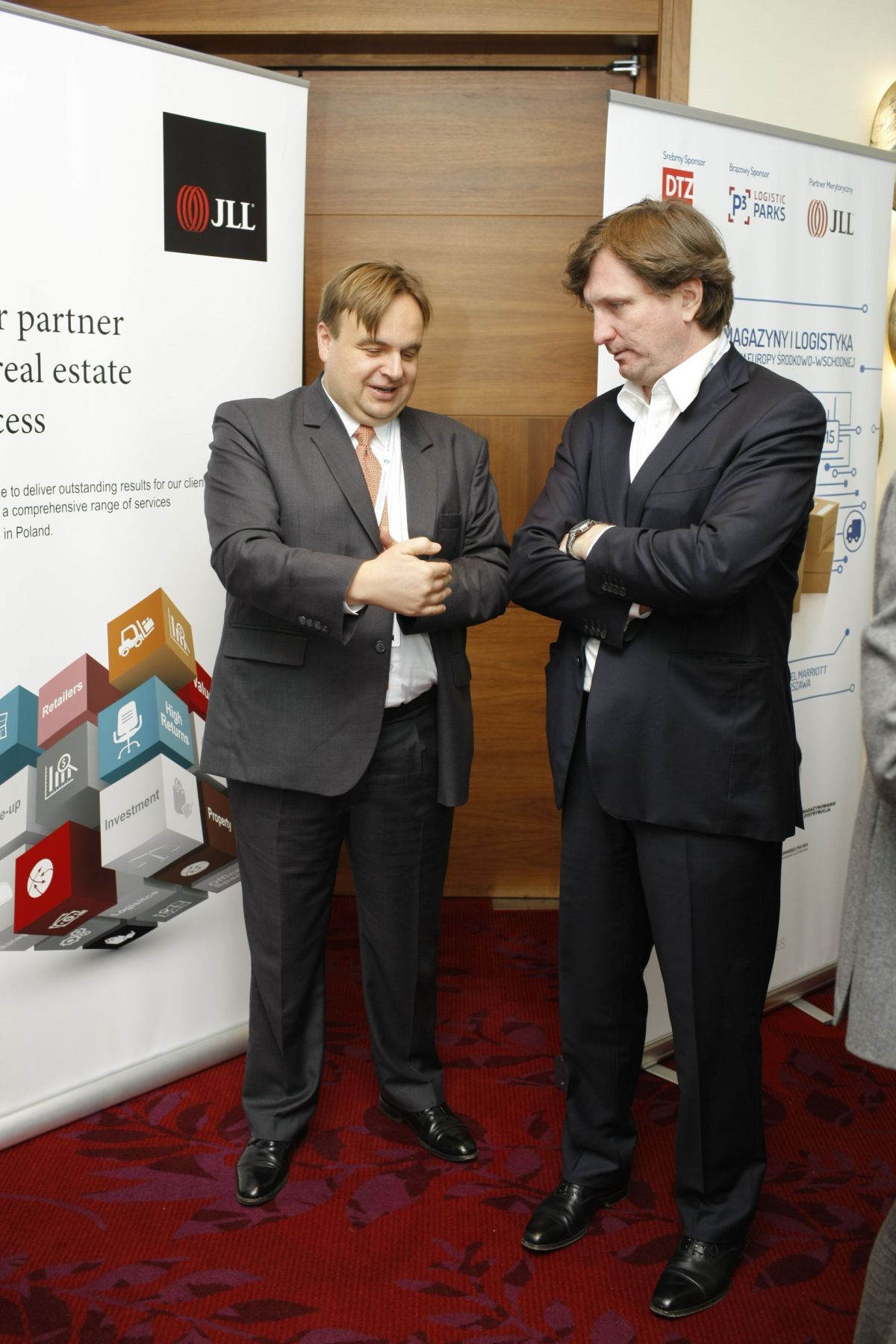
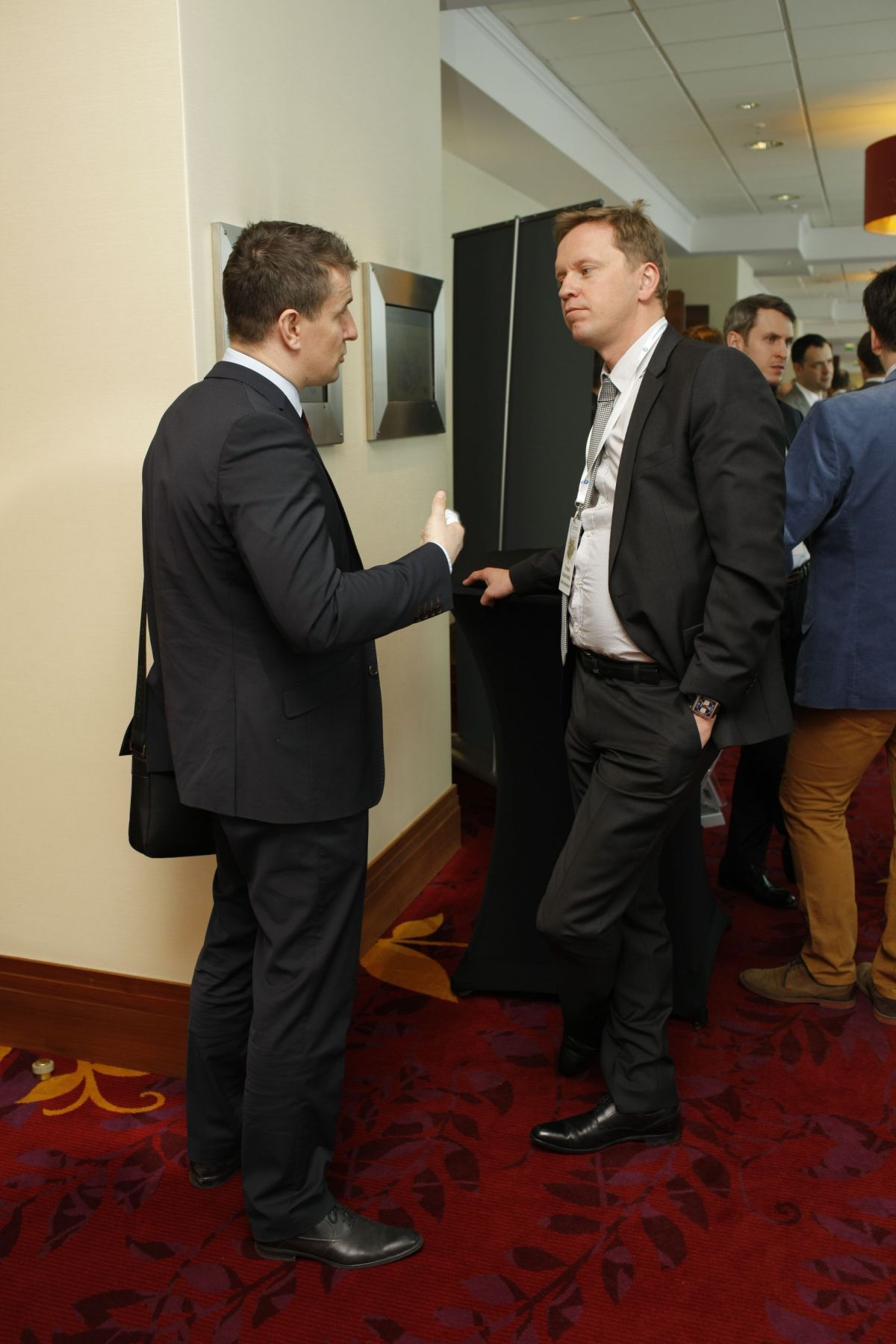



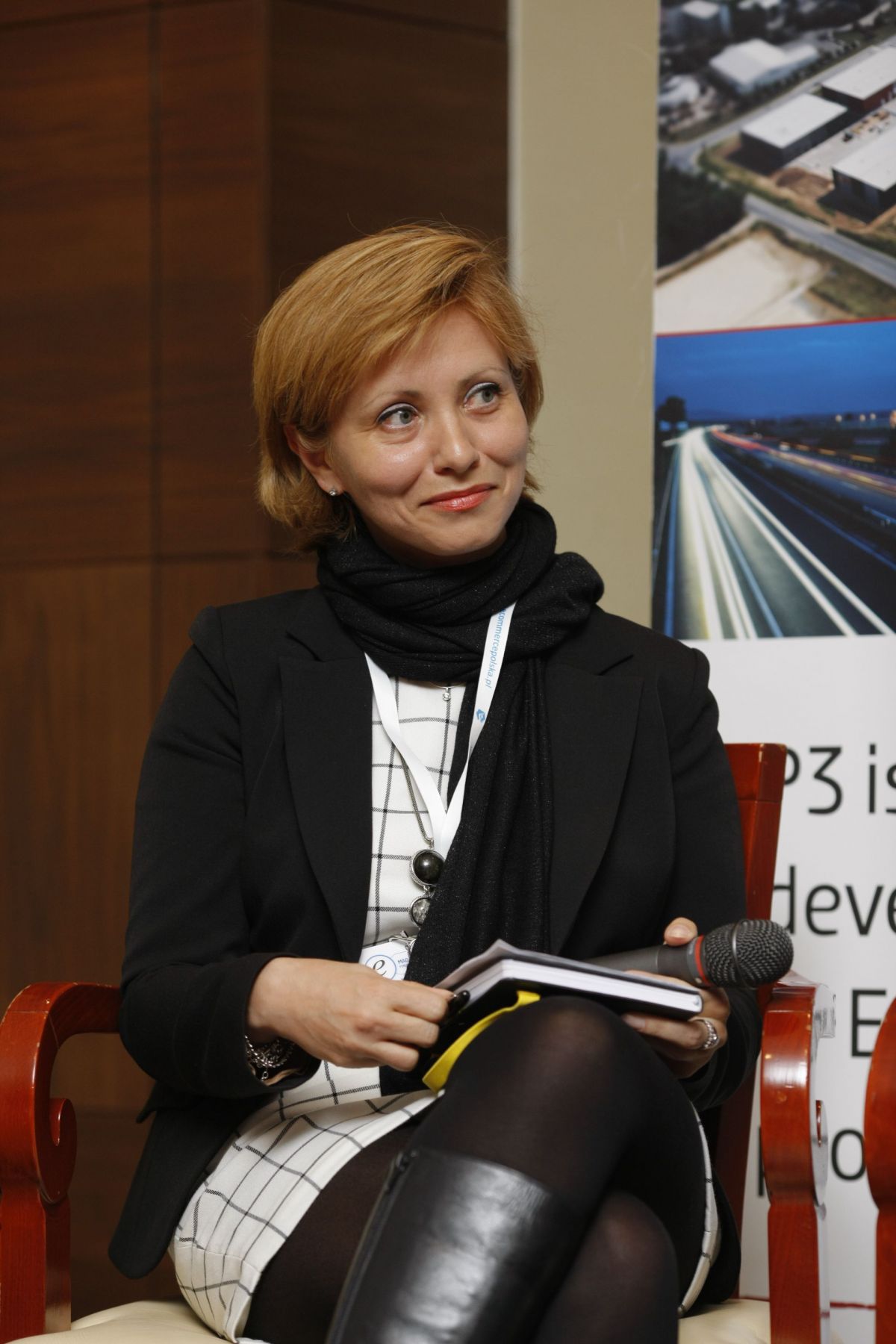
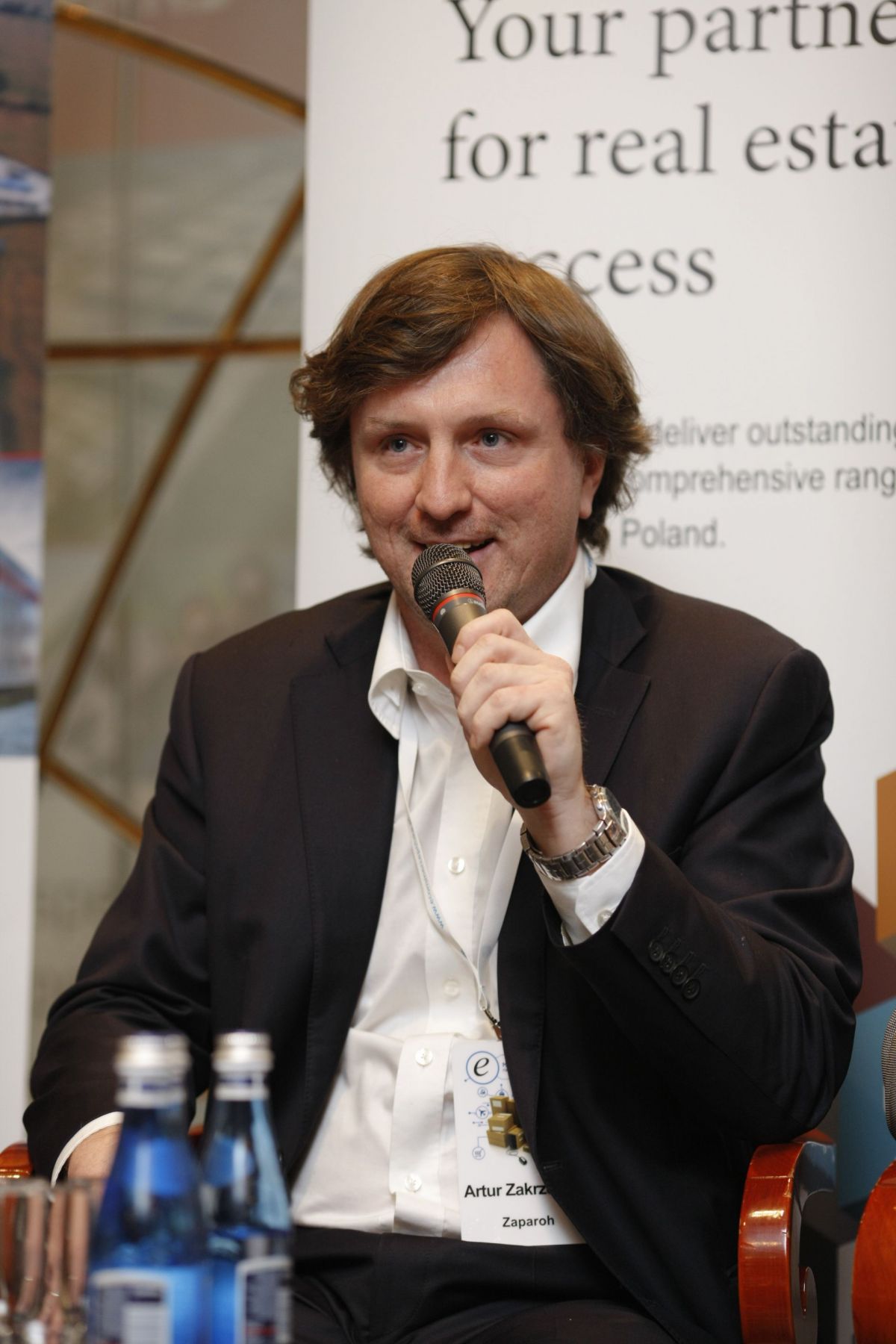


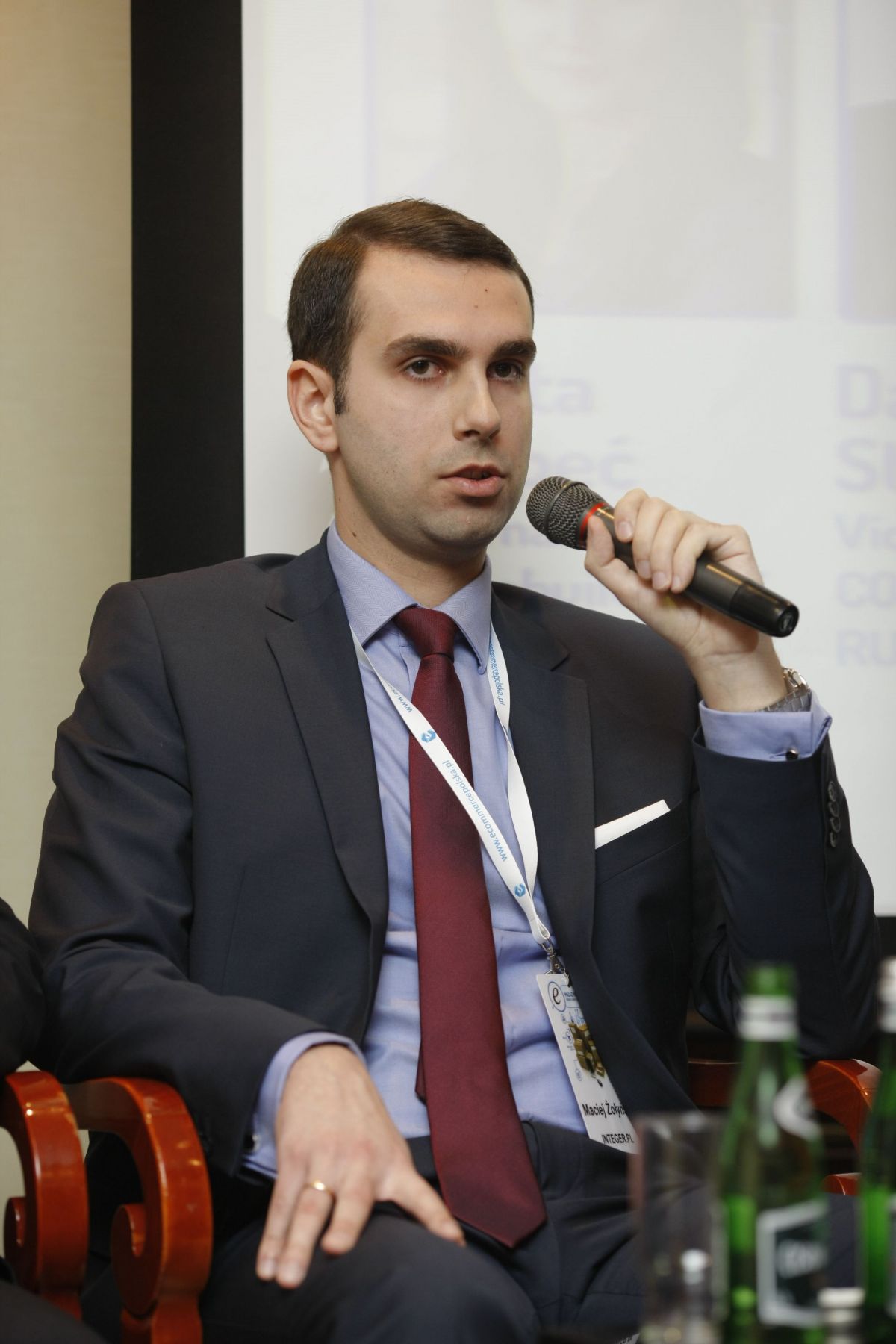

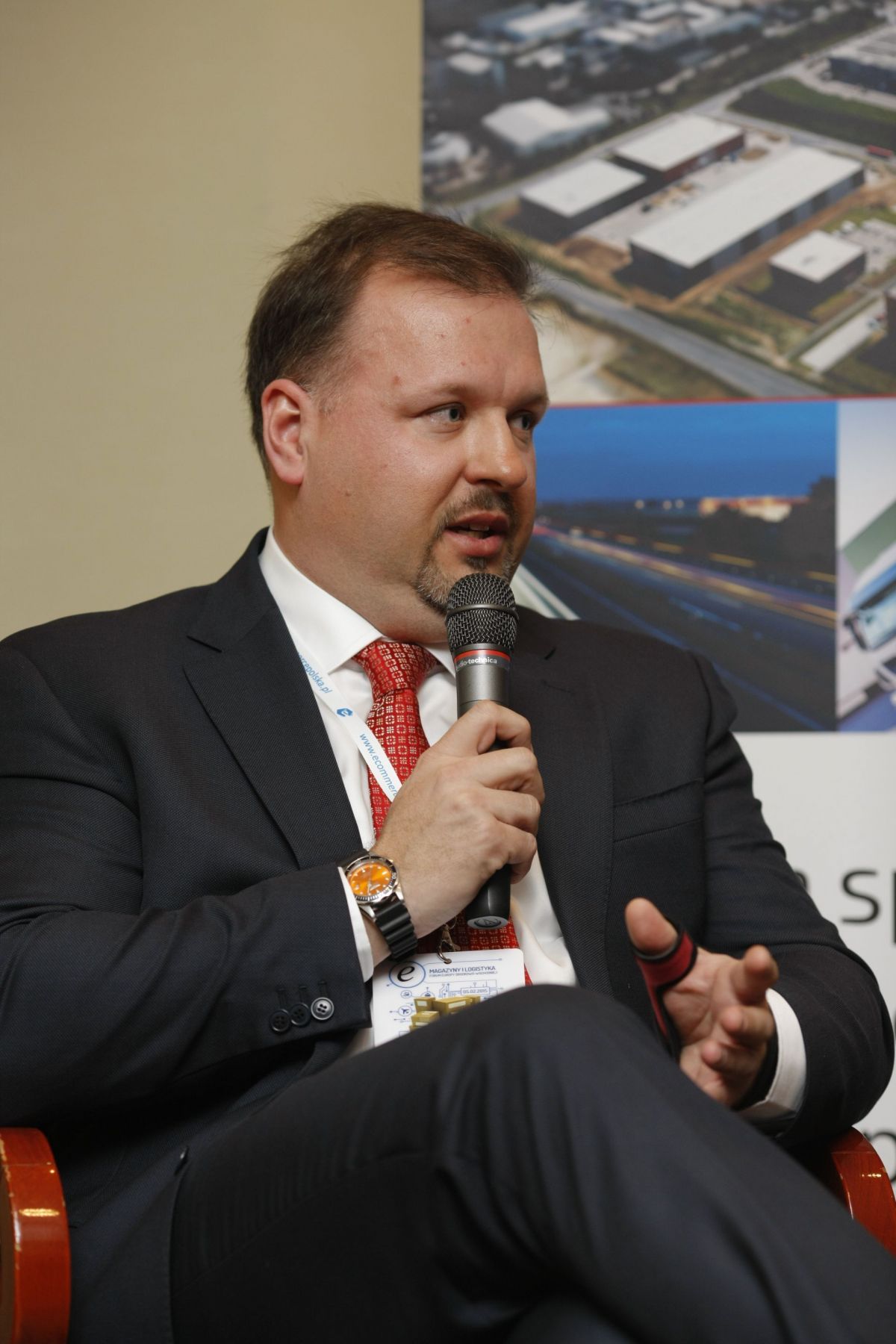


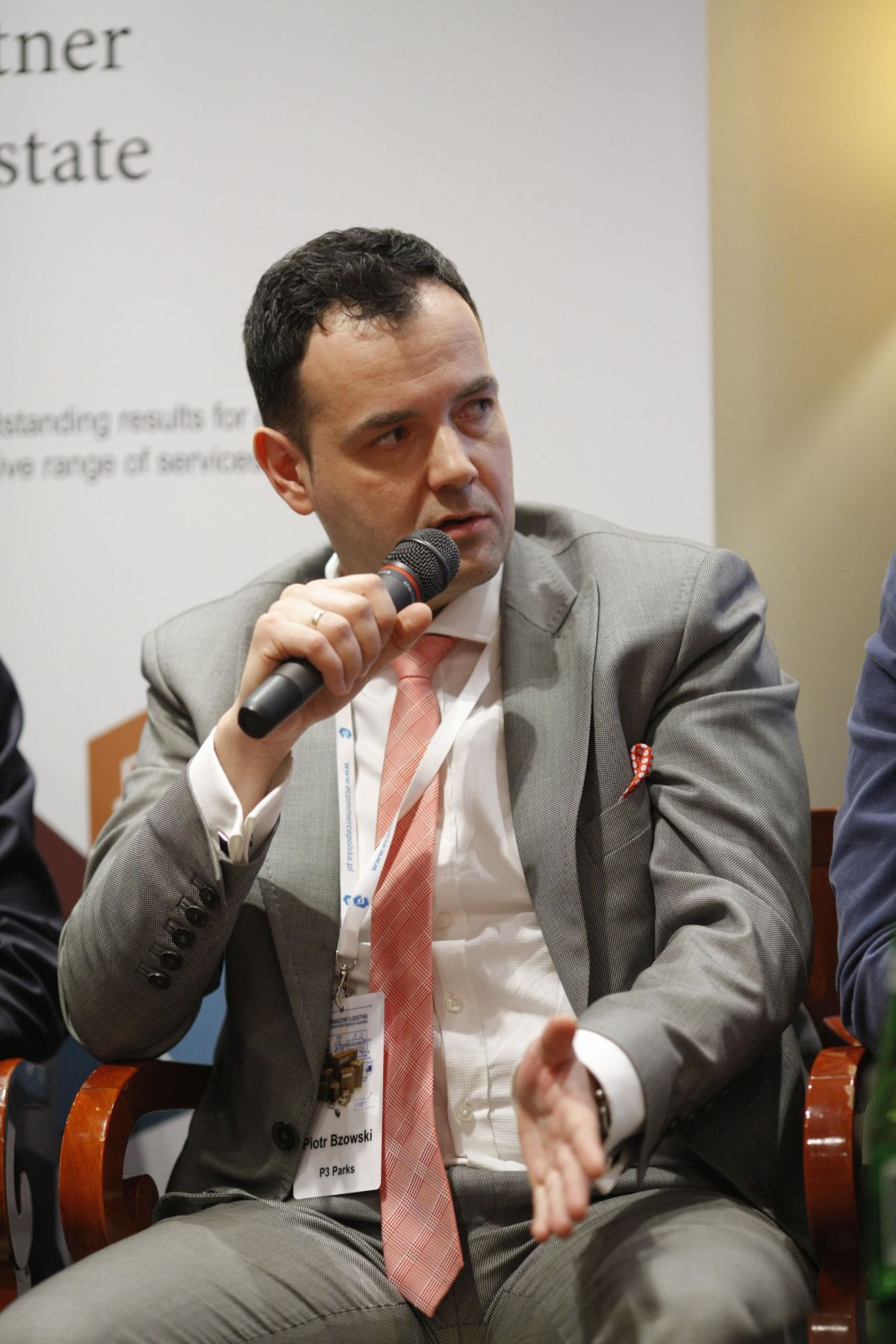
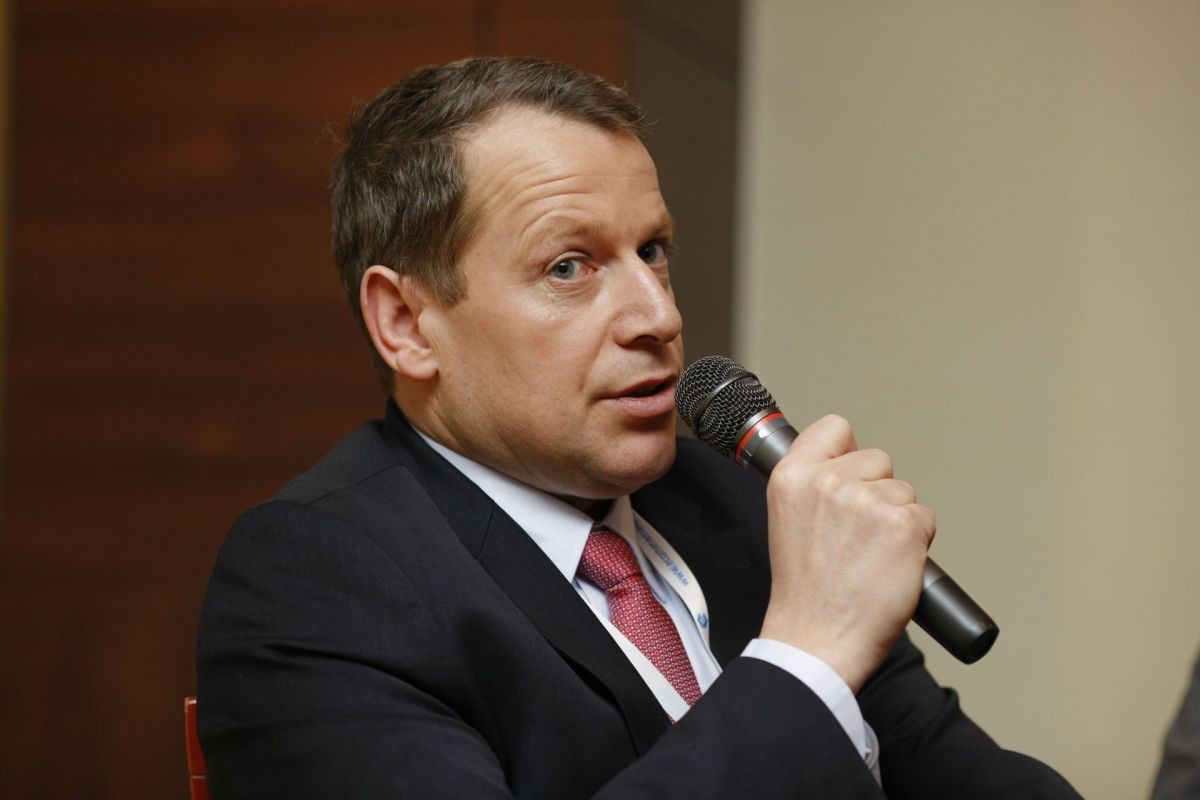
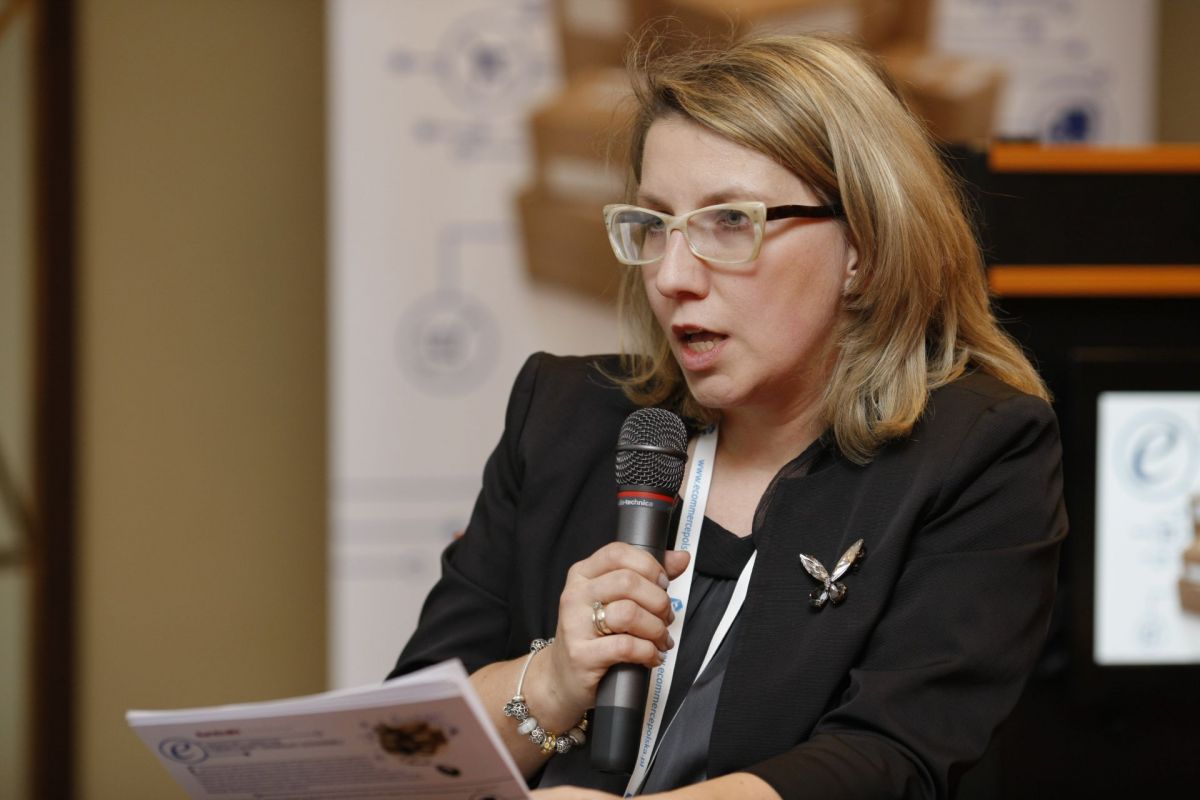

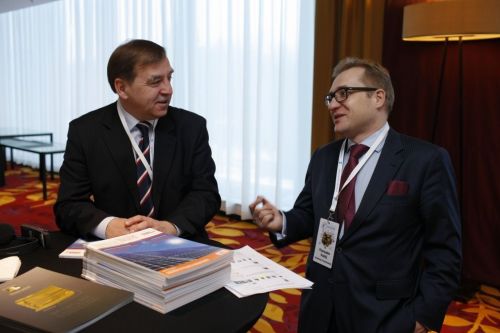


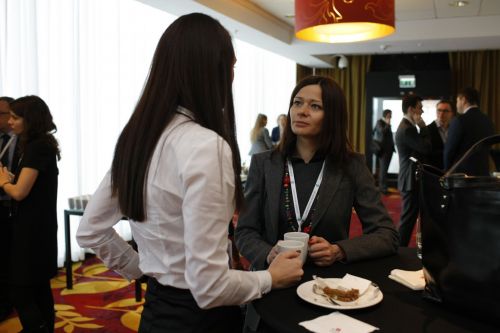
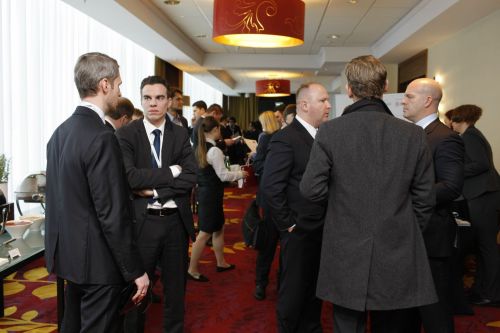
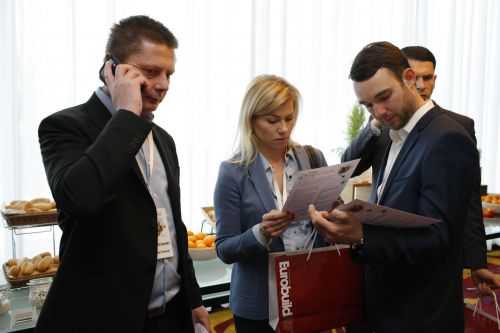
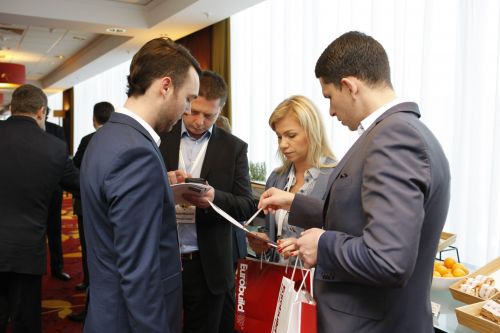
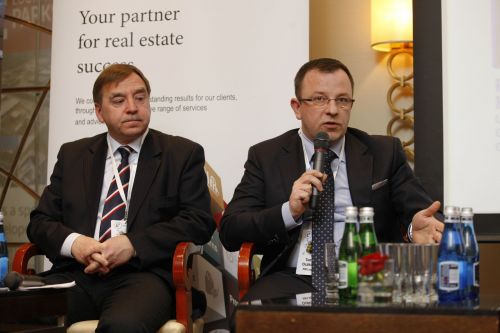
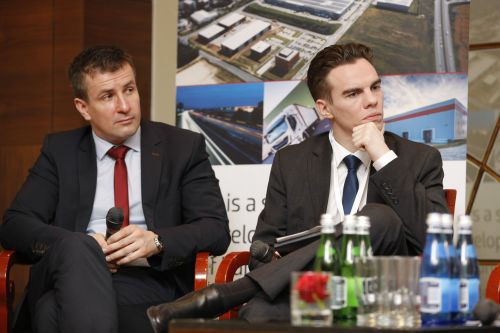
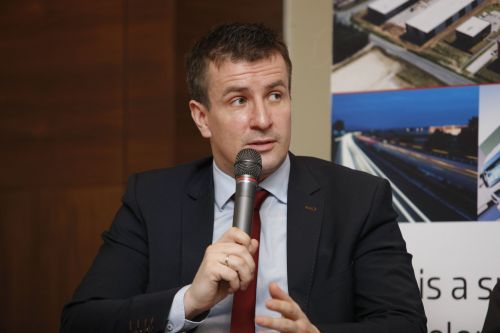

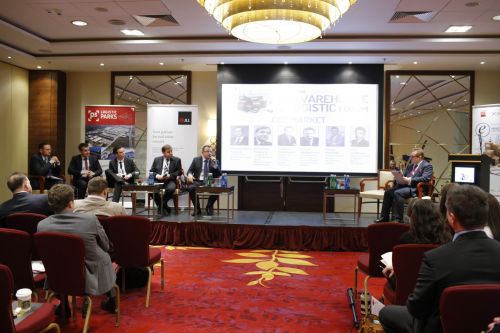



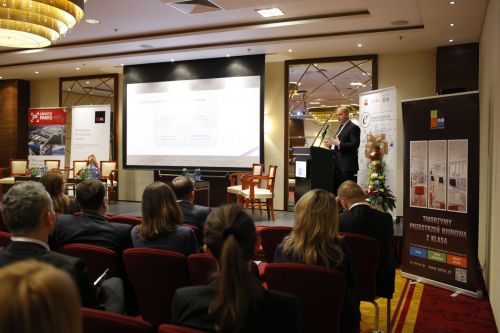
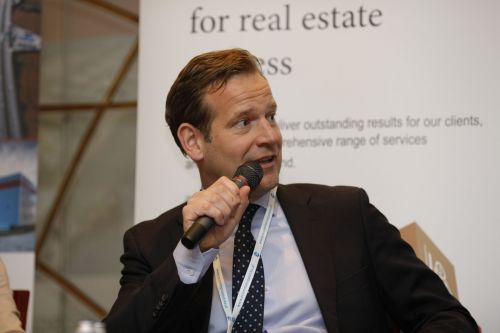
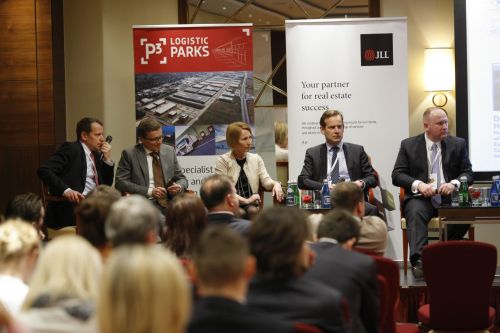

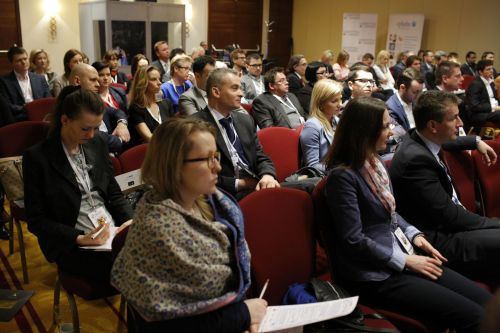


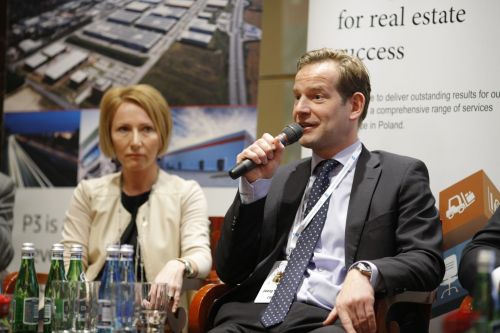
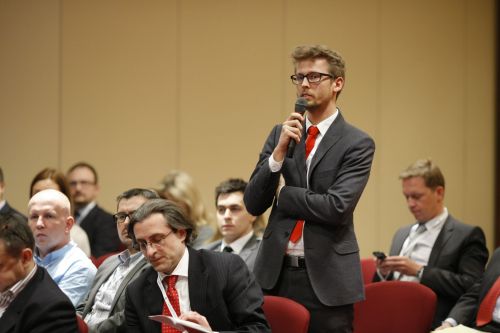


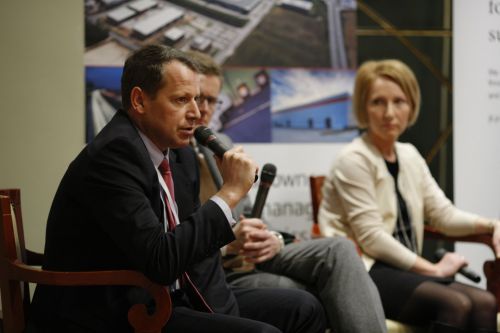

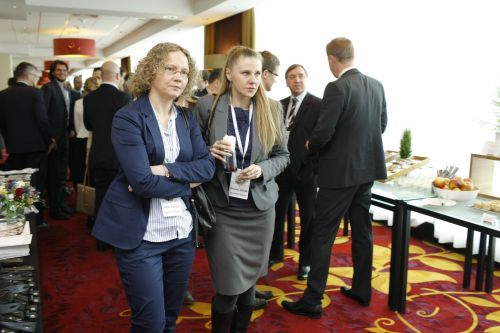

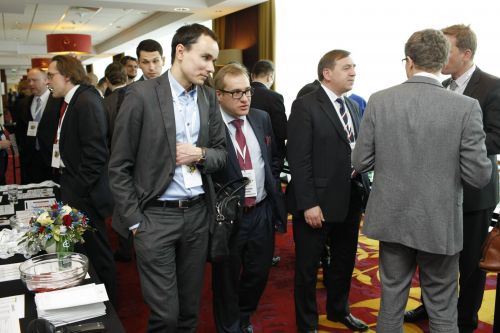
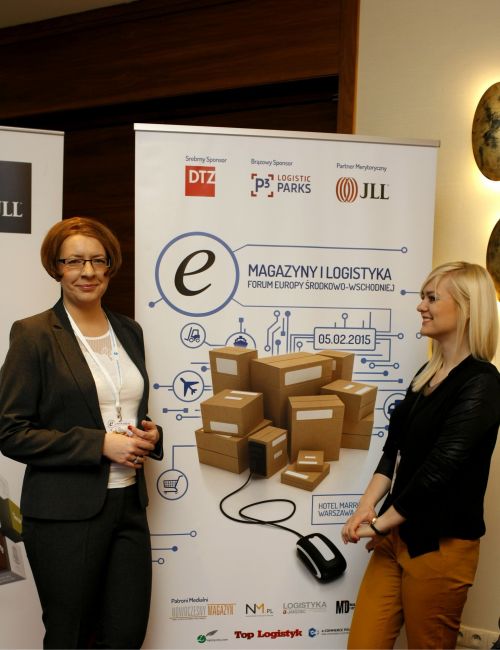
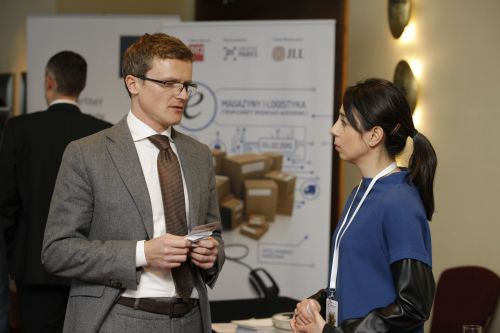
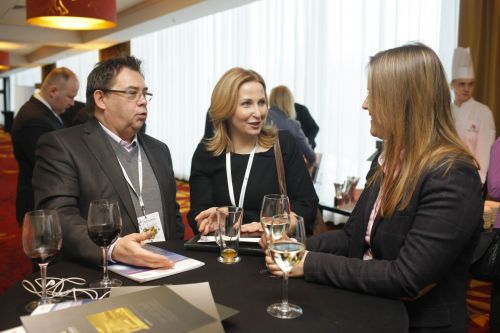



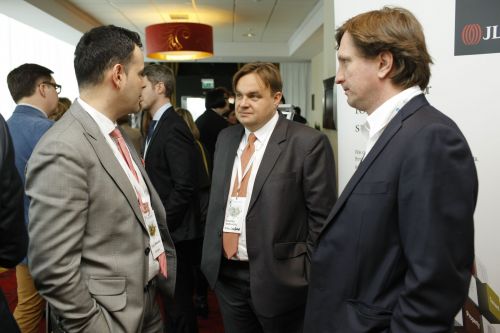



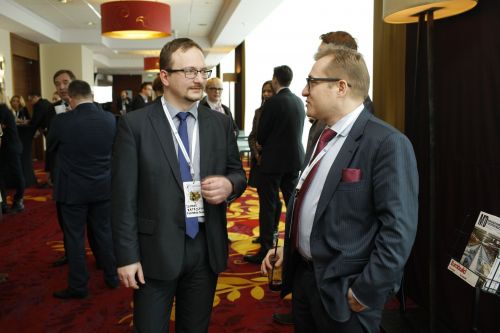
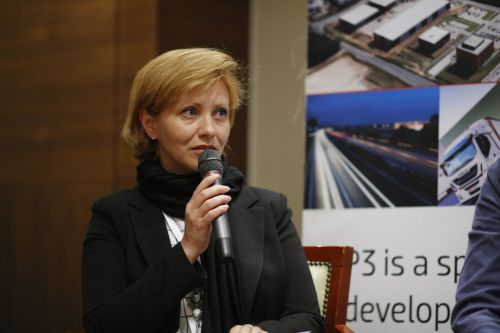
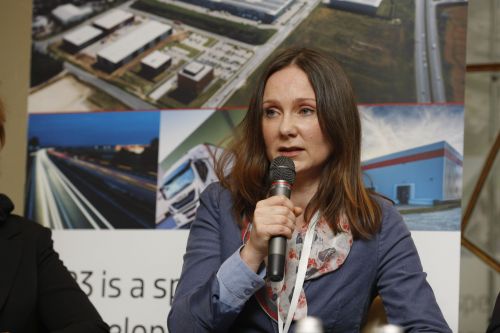
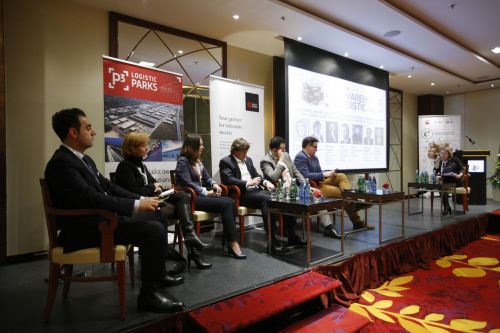
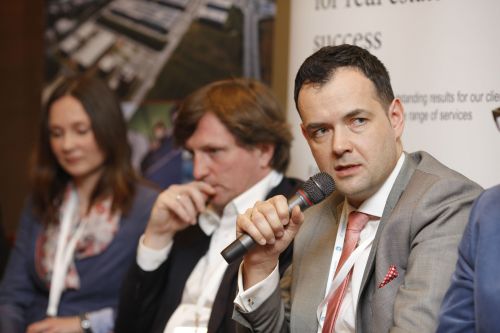
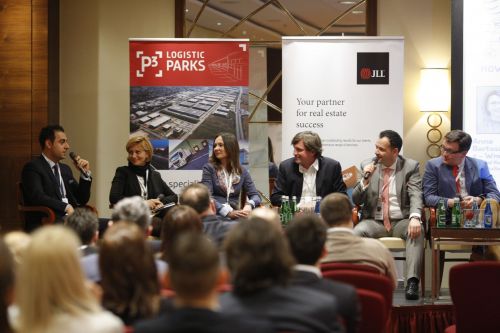



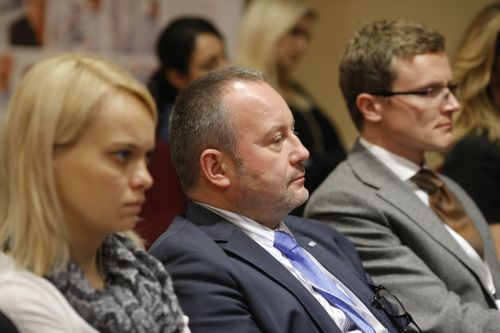

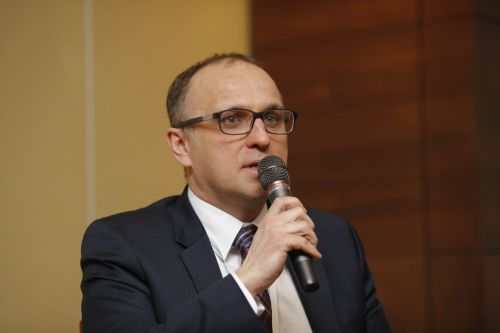


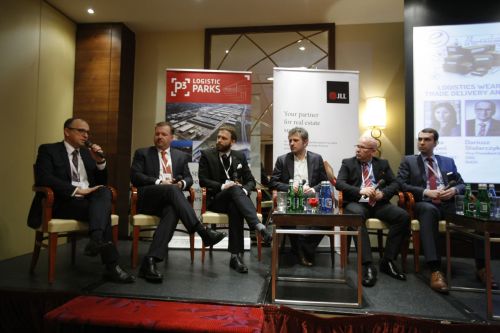
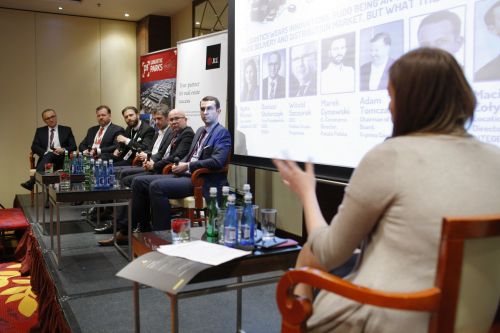

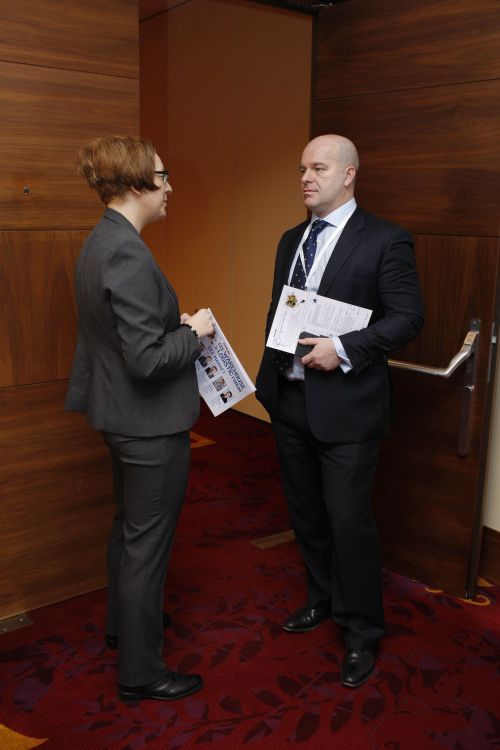
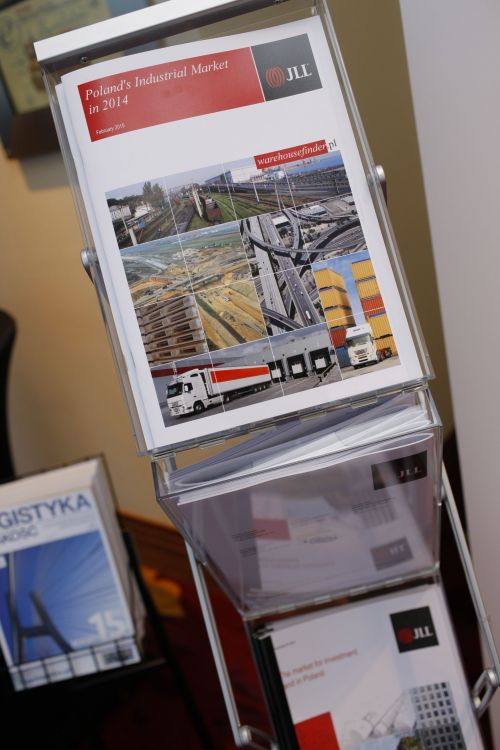
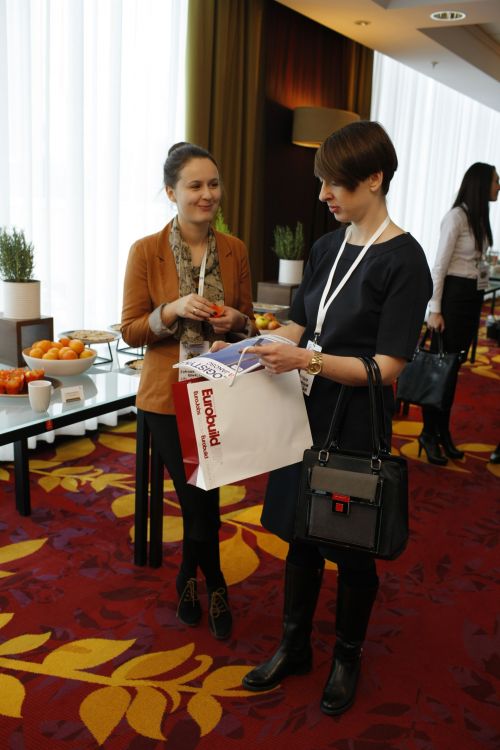
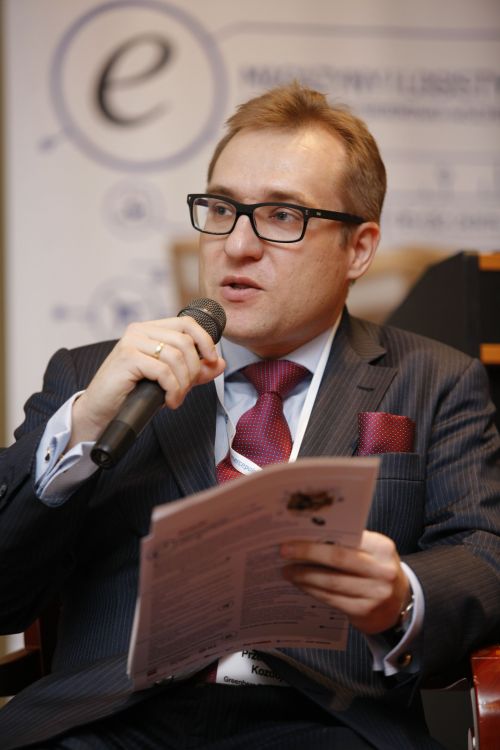

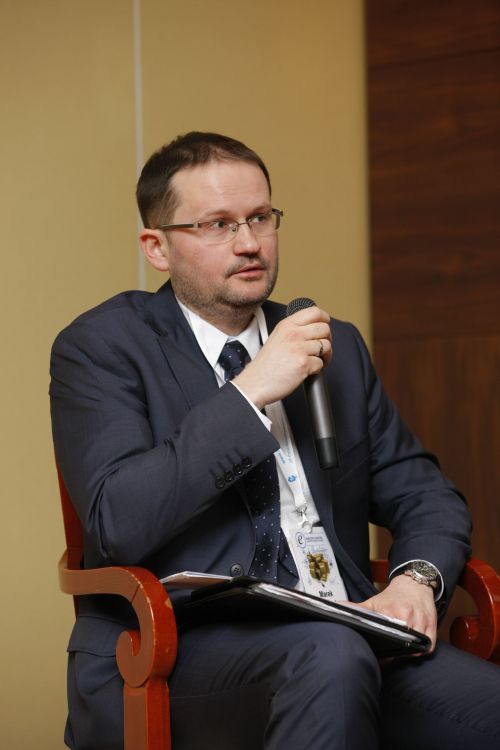
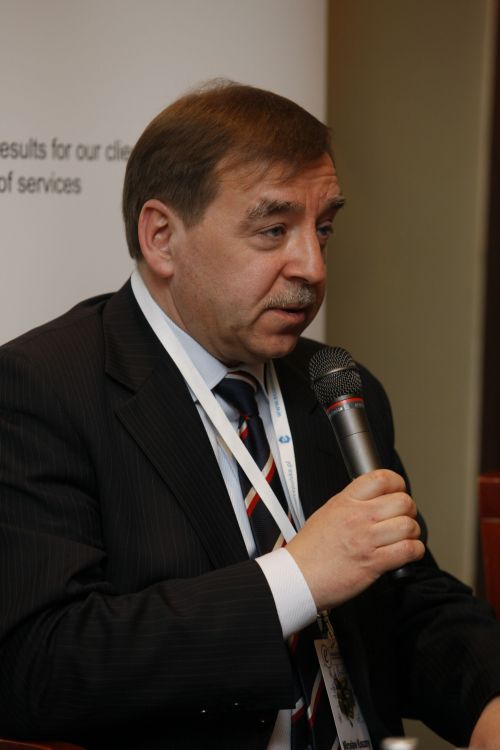




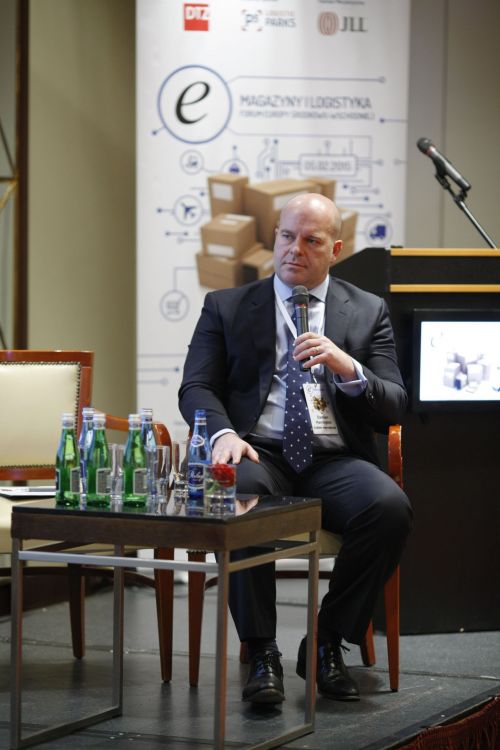
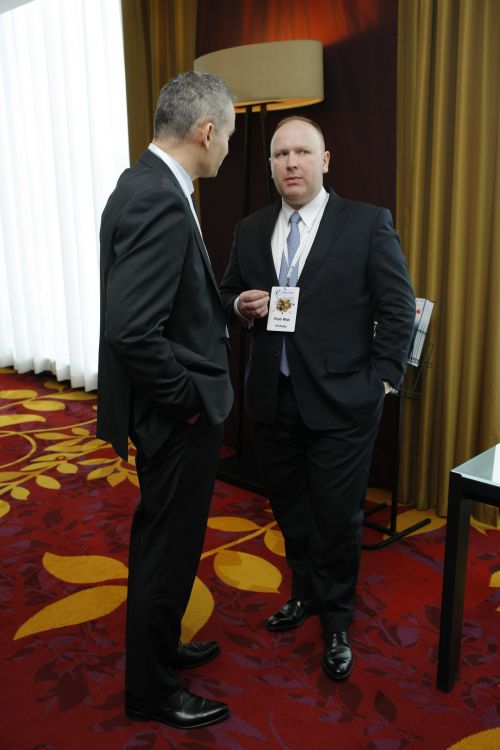
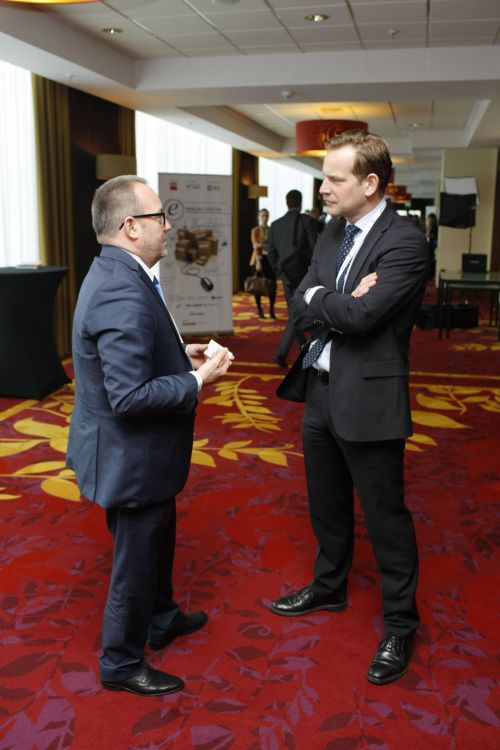
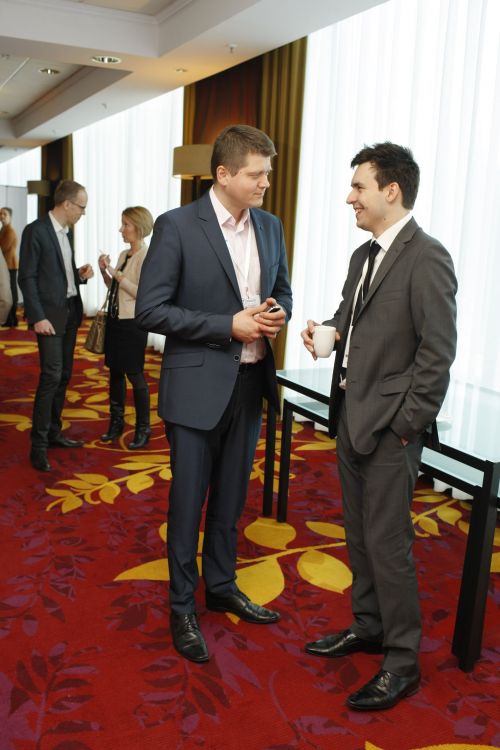

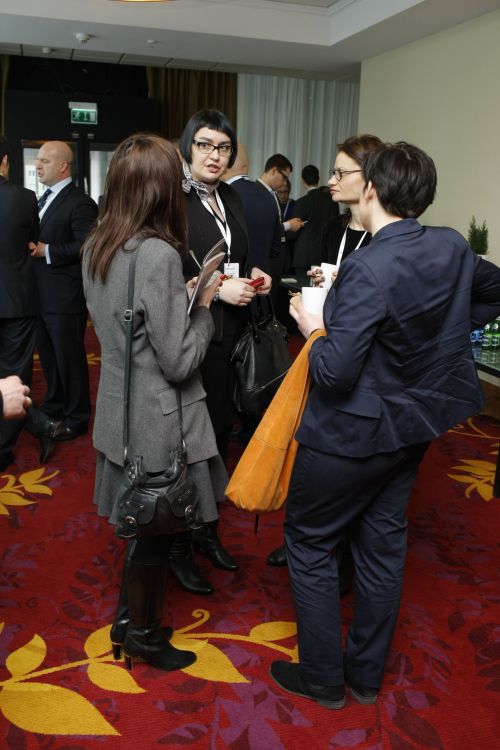

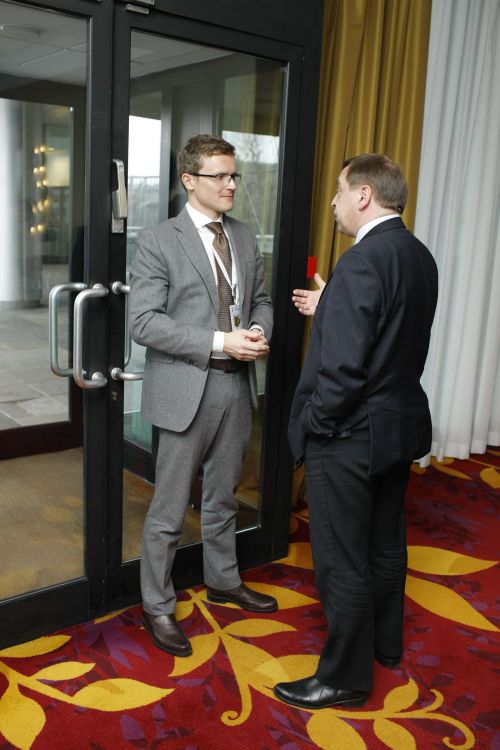
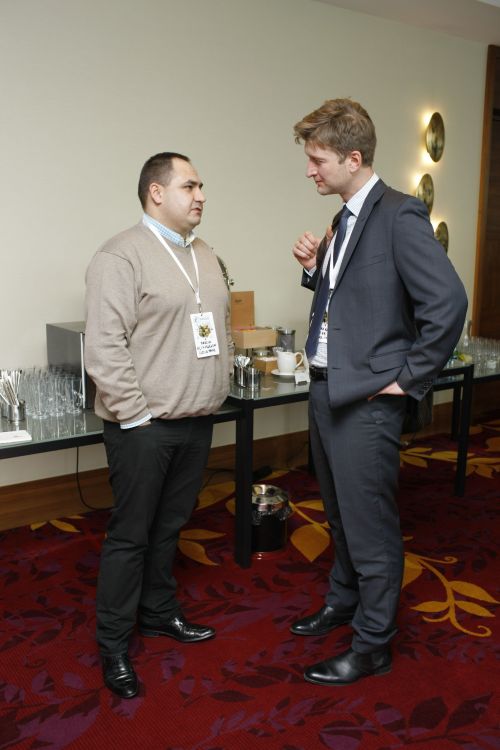



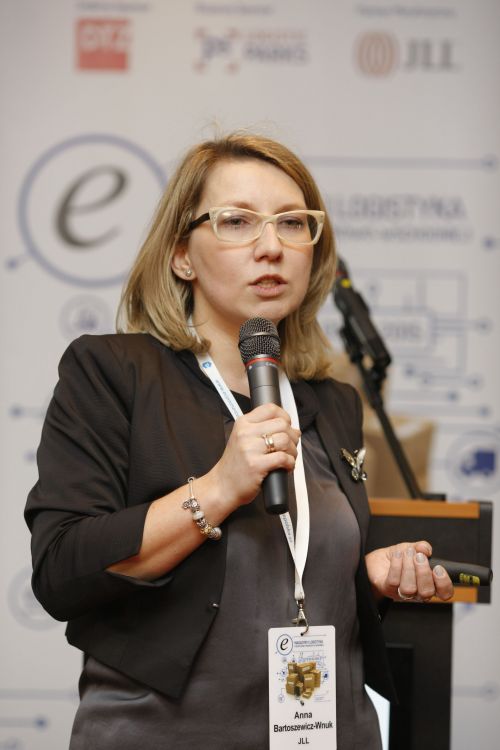

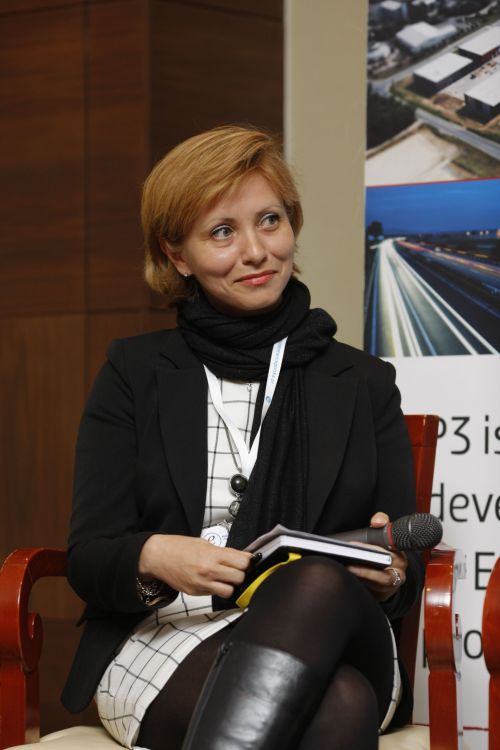
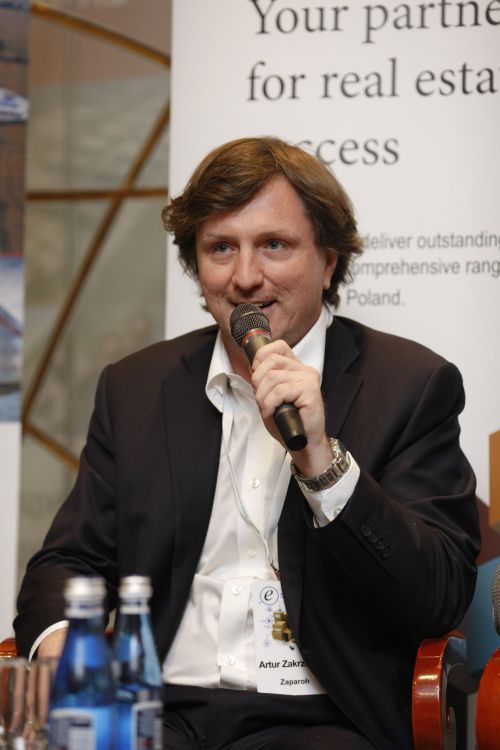




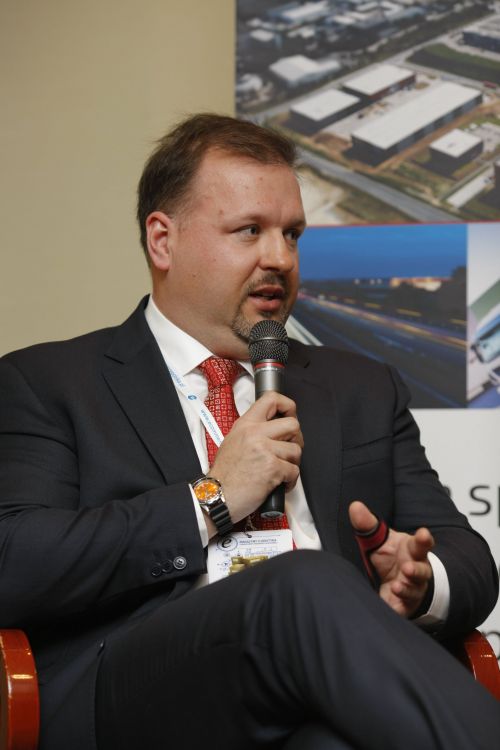


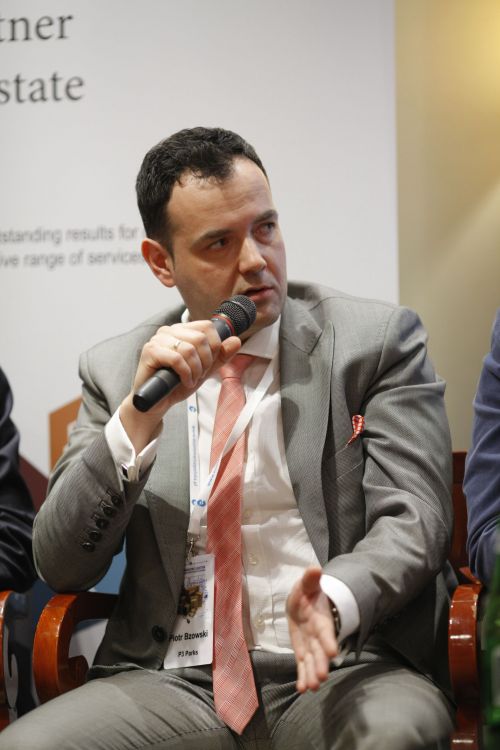
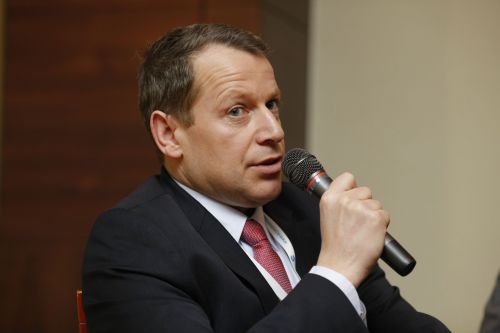
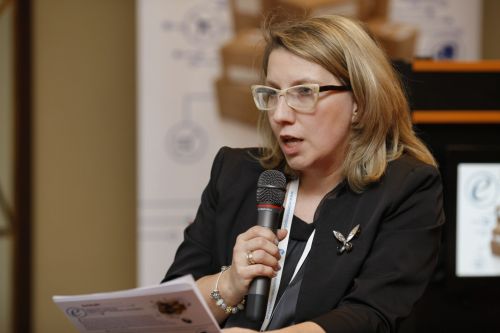
The latest reports for the warehouse and production market reveal extent of the development of the market and that when it comes to investment activity the segment has now even surpassed retail. Developers, investors and consultancies are saying that things are good and they are going to get even better. Poles are becoming more affluent and they will want to buy things – this was their message. E-commerce has been developing rapidly at the same time. Such changes are not only a result of advances in technology, but also of evolution in the fields of consumption and production. New regions are emerging on the market that have development potential due to their locations – such as eastern Poland. “What is important when choosing the location is the density of the development and the access to a labour force,” said Mirosław Koszany, the president of the board of Biuro Inwestycji Kapitałowych (BIK). “One of the first questions asked by our clients concerns the access to labour. The unemployment rate within a 10–20 km radius is the most important. Regional centres are interesting. For example, Poznań is difficult because the unemployment rate is at a very low level,” explained Piotr Bzowski of P3 Parks.
The president of BIK, however, believes that eastern Poland is not the best investment direction because there are no prospects for further development of the market. “A considerable migration of people is unlikely and cities such as Rzeszów and Lublin will never be densely developed enough to generate a greater willingness to buy and build warehouses for consumer goods. Perhaps Rzeszów could become a base for Ukraine when the situation there stabilises. But investor-aversion will certainly be the general attitude there into the long term,” added Mirosław Koszany. So where should warehouses be built? According to Paweł Michalak of DB Schenker Logistics it is not a question of the region, but where production is located. According to Tomas Oczkowski of FM Logistic, the grocery industry be investing in warehouses located as close to production centres as possible due to the growth in the costs of storage, which has become quite a burden for distributors.
According to Damian Harrington of Colliers International, the conflict in Ukraine has clearly been having an impact on warehouse markets in the region. Both markets – Russia and Ukraine – have suffered. The investment market is doing much better in Romania and Bulgaria. However, Russia will soon return to the market,” commented the regional director Central and Eastern Europe of Colliers International. However, Poland has a well-established position in this region and its main advantage is its competitive prices. “The Czech Republic and Slovakia are 25–30 pct more expensive than Poland,” stressed Joerg Kneidl of CBRE. But as Marek Sienkiewicz, the head of the special economic zones department at Deloitte, pointed out, labour costs are not the decisive factor. “Poland is favoured as a location because of the quality of the staff and because of the fact that Poles still want to work even though it has to be admitted that we still have quite high costs when it comes to power,” he said. Marc Le Bozec, the head of the industrial and logistics department at DTZ, explained that the approach to deliveries themselves has also been changing. “Now you need to carry fewer goods more often. Warehouses should be as close to the consumption area as possible,” he emphasised. Such a strategy has been adopted by Oriflame, which situates its warehouses as close to large cities as possible in order to provide direct and fast access, and within smaller towns for the local labour force. “We work in three shifts, so access to labour is important,’ said Gökhan Çakmak of Oriflame.
“The best type of contract includes shorter and flexible agreements for three to five years and a longer contract for the production space,” claimed Bożena Krawczyk, the investment director for Central Europe at Segro. Piotr Bzowski of P3 Parks believes that his company is able to build anything within five months, but he is not able to sign contracts shorter that 3–5 years as this is simply not profitable. But according to Joerg Kneidl, such contract periods are long enough.
What are the challenges the logistics industry needs to face? “The IT system is a challenge,” says Monika Hepter of BD Schenker. “There are companies that have warehouses exclusively dedicated to e-commerce,” added Monika Hepter. That is why a warehouse has to be flexible and grow together with the client’s business, in other words, warehouses that are ‘made of rubber’. “There is a difference between what the client wants and what we can deliver,” declared Piotr Bzowski of P3 Parks. “Warehouses themselves have not changed much. There are sometimes requests for more docks or more staff space,” he added. One of the solutions is a mezzanine. Clothing retailer Orsay opted for such an approach as it did not want to move out of its warehouse near Wrocław. As the developers explained, this is exactly the way to stretch warehouses – the height of buildings can now be added to, thanks to the availability of modern equipment that can move anything around at heights of several metres. “Investors in e-commerce have a completely different approach. You need to look after your employees in this segment,” said Piotr Bzowski. “Perhaps the need for more light will soon become a factor due to the mode of work and the number of workers,” which will be a challenge for us,” said P3’s representative.
For e-commerce there are the warehouses, there is the willingness to buy the products – but the main issue is when, where and to whom to deliver the goods. Logistics is the ‘to be or not to be’ for a company selling products over the internet, agreed the market representatives. “If the delivery takes seven days, the customer is unlikely to come back,” said the manager at DB Schenker. “The market is slowly heading towards same day delivery,” added Andrzej Ptasik, the head of the logistics department at Orsay International, which does not have a lot of storage space in its shops as it delivers goods on a daily basis. “A parcel has to be perfectly prepared at the logistics level, according to the customers’ expectations, because there is no buffer in the form of a qualified sales assistant to advise the customer on the spot,” explained Andrzej Ptasik. He admitted, however, that in spite of the fact that Orsay is developing its e-commerce and m-commerce channels, it plans to retain non-virtual stores as its main channel. “Online sales are meant to reach places where we have no physical shops,” he said. Orsay only has shops in cities with over 80,000 inhabitants.
Contracts with logistics operators are usually signed for three years. “As a logistics operator we have ambitions to introduce greater automation, particularly where shipments of single products are involved – but this is not profitable in the case of three-year lease contracts,” said Monika Hapter of DB Schenker. The PWN group, which has its own warehouse, has a different approach. “With 120,000 SKUs (stock keeping units) I cannot imagine everything being done manually. There has to be automation and optimisation, because logistics is also one of the most important costs. “Technological progress is very slow in our region even though this is what everyone wants,” admitted Adam Tomczyk, the president of the board of X-Press Couriers. The panellists agree that this is not a question of financing. “We are postponing decision to bring in more robotics as long as possible. At the moment we are looking at the best customer service ideas because it is rigidity in this area that is limiting us,” claimed Dariusz Stolarczyk, the vice-president of Ruch. Other sector representatives argued that automation is not a priority because it is easier to lease space and employ people – and this is more flexible than investing in automation. “The costs of international shipments can even decrease to a tenth in a short time,” explained Marek Cynowski of Poczta Polska. That is why Ruch’s and Paczkomaty’s channels as well as those of Poczta Polska will become a greater force on the market. “Logistics providers such as Ruch and the Poczta Polska are the accelerators of change on the e-commerce market,” declared Marek Cynowski. The e-commerce director added that the market in Poland is still in its infancy. So what can we expect in the future? Ruch is focusing on smaller towns where it is easier to order something on the internet and pick it up at a Ruch newsagent. However, the market could become more crowded, as Integer is planning further expansion of its Paczkomaty service in smaller towns. Meanwhile, Poczta Polska has plans to expand its chain of collection points. Next year it expects to have several thousand collection points, including self-service machines. Integer has been operating in this niche for some time and intends to extend the capabilities of Paczkomaty by adding new modules such as fridge units in a nod to e-commerce. PGP also announced its entry onto the market with similar large machines. According to the participants of the conference, customers will soon be able to change the method and collection point of the delivery at the last minute, even when a courier already has the package in their hands. This is now even possible to a certain degree – and couriers arranging to meet the customer at a place and time that convenient for them – and this can even anywhere, even in front of the cinema you are leaving...
Anna Pakulniewicz


































